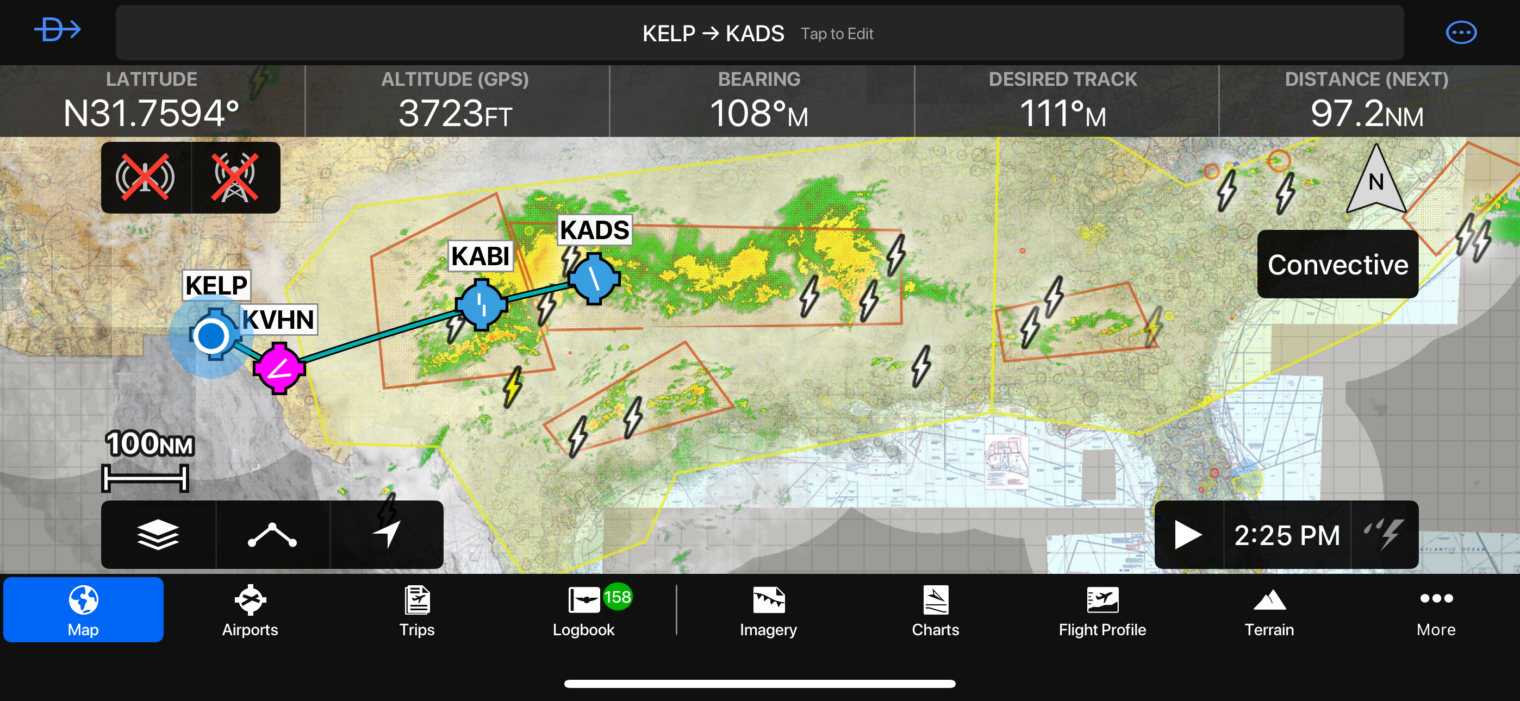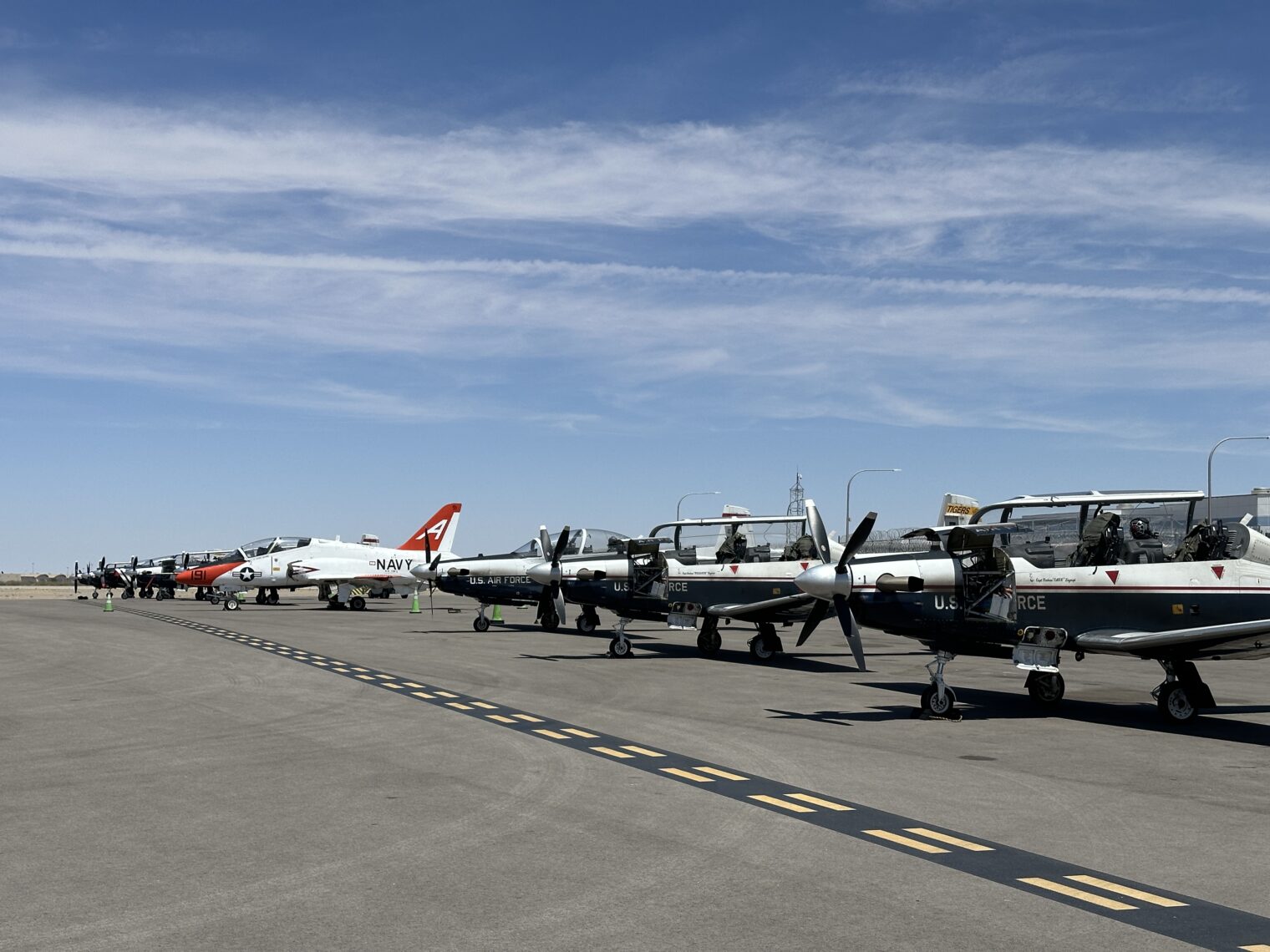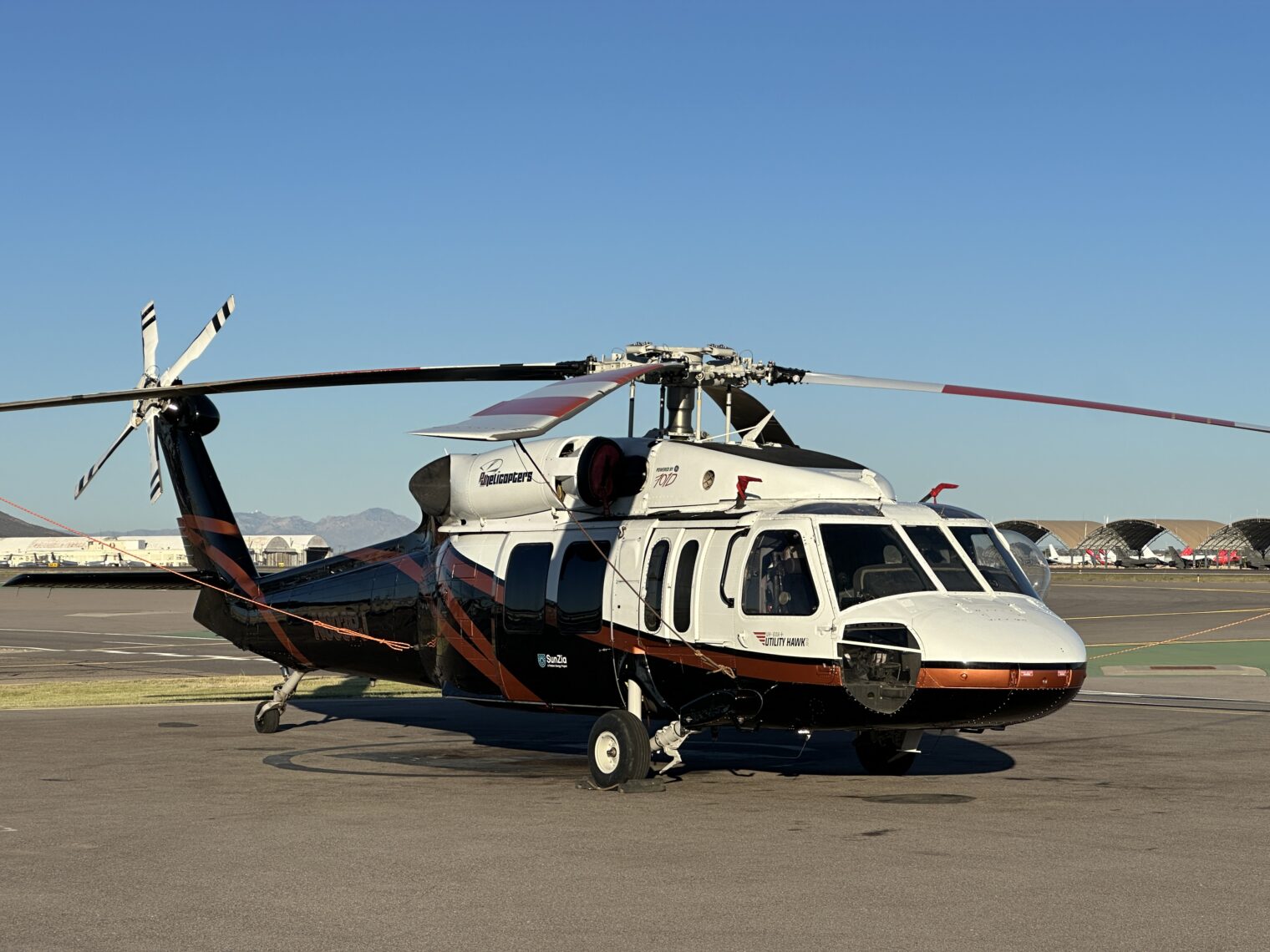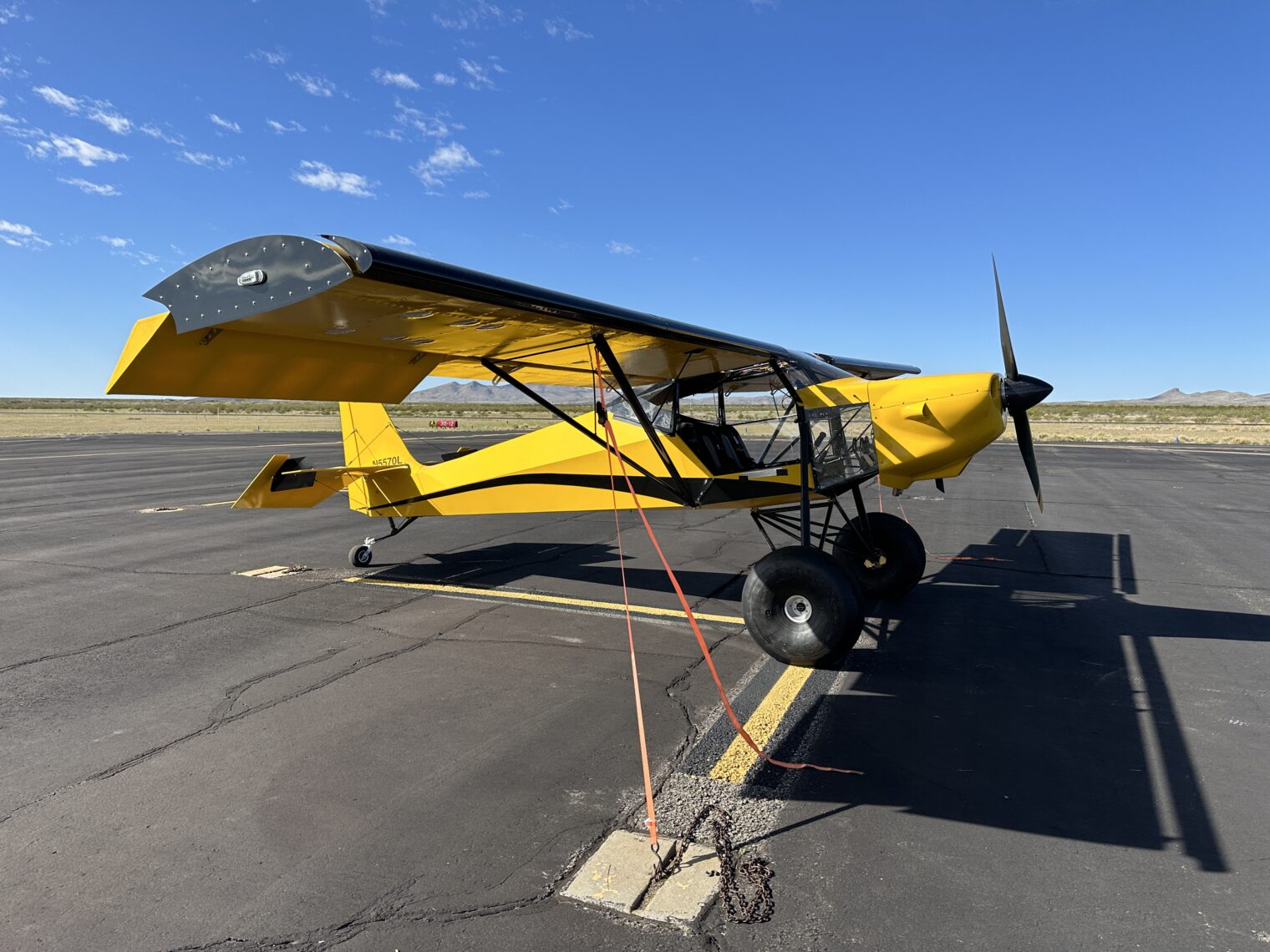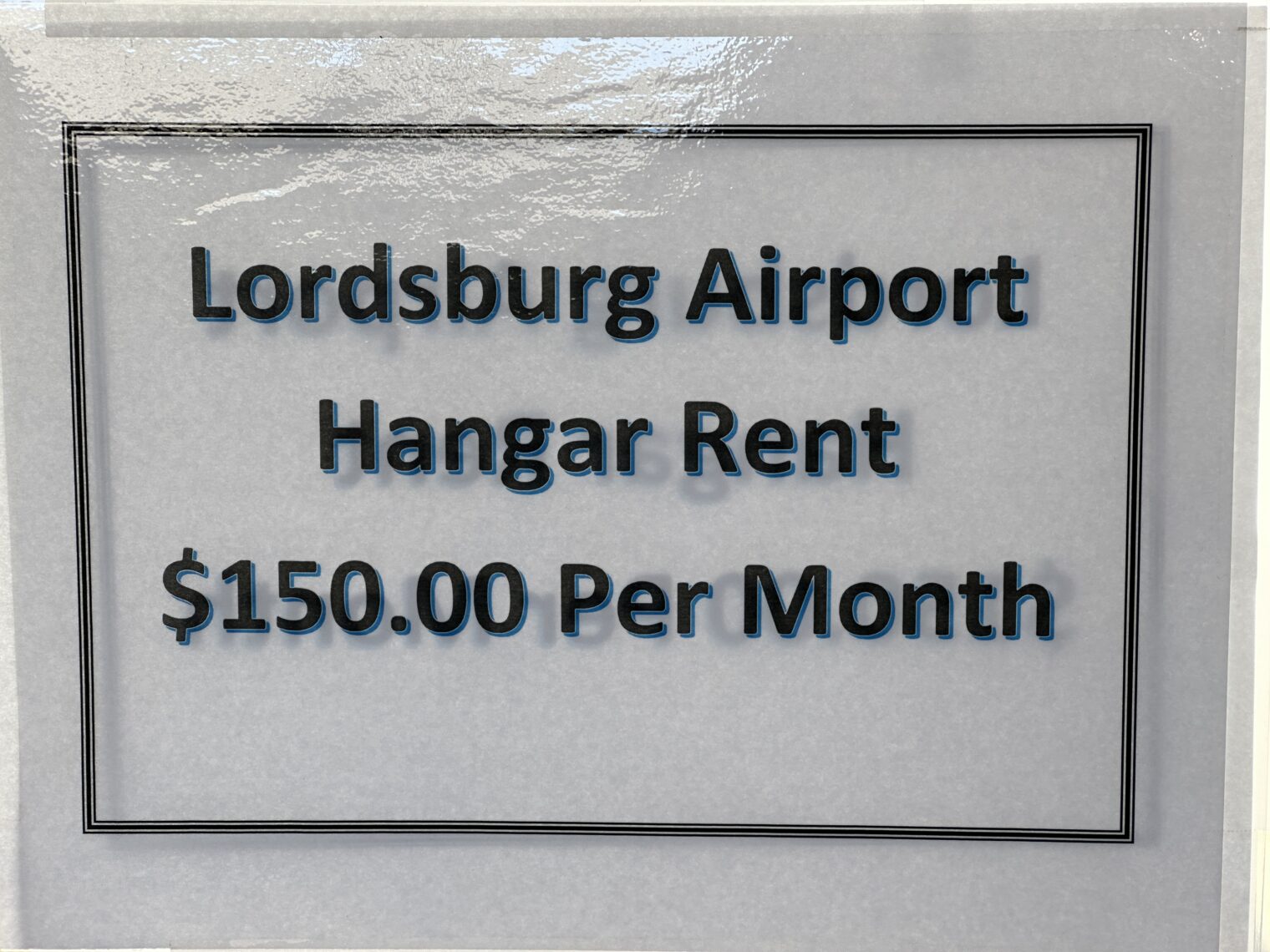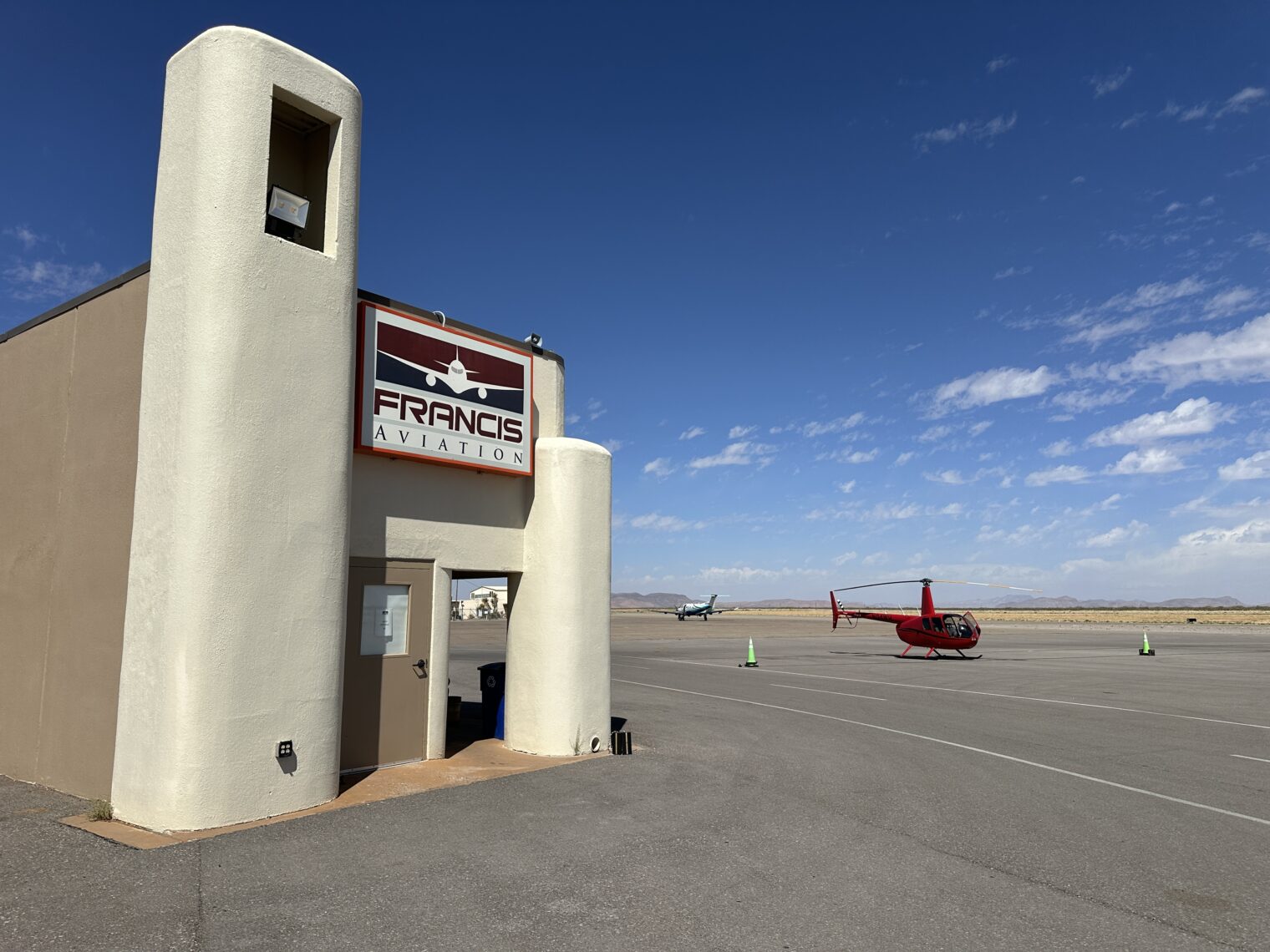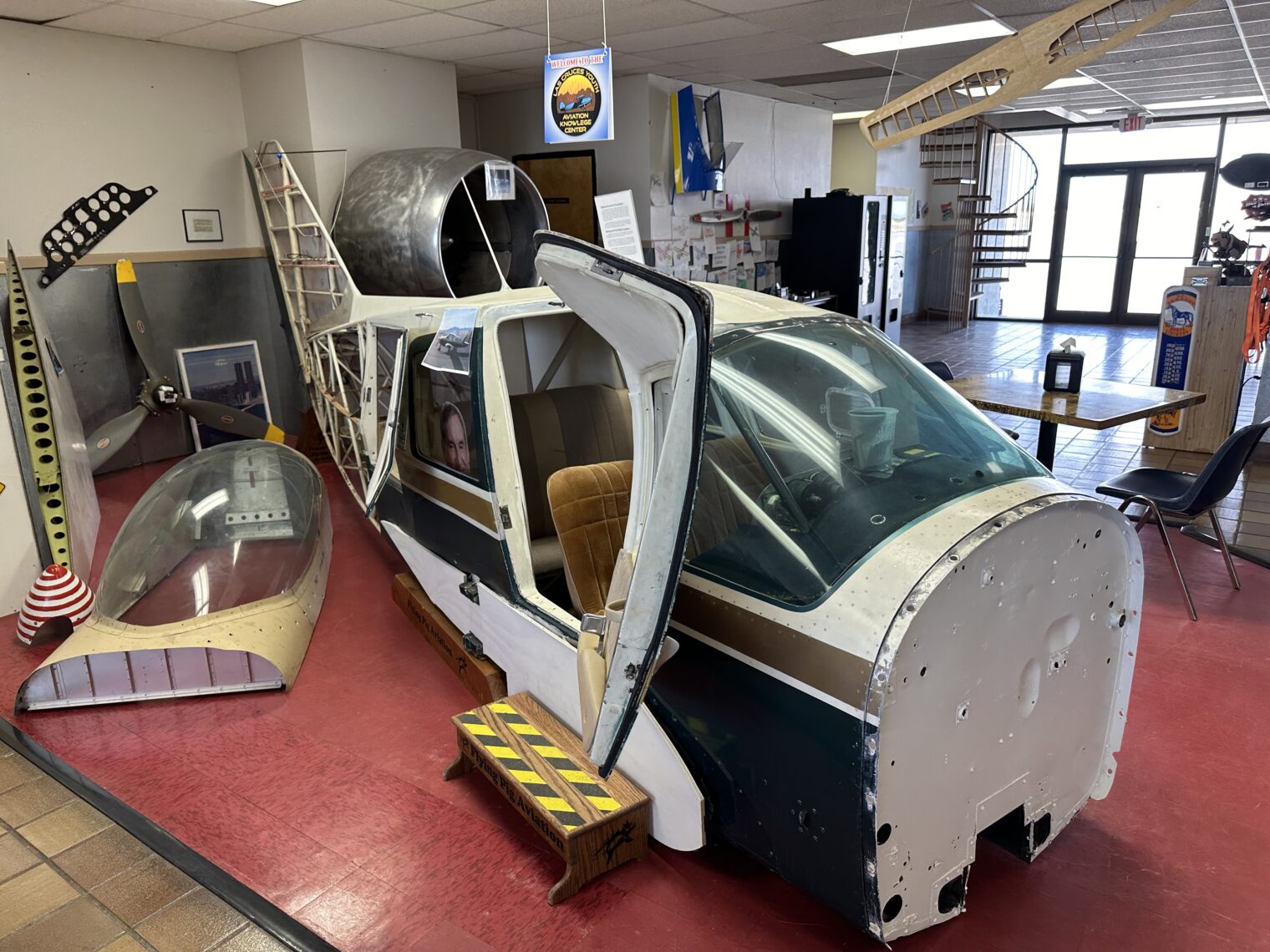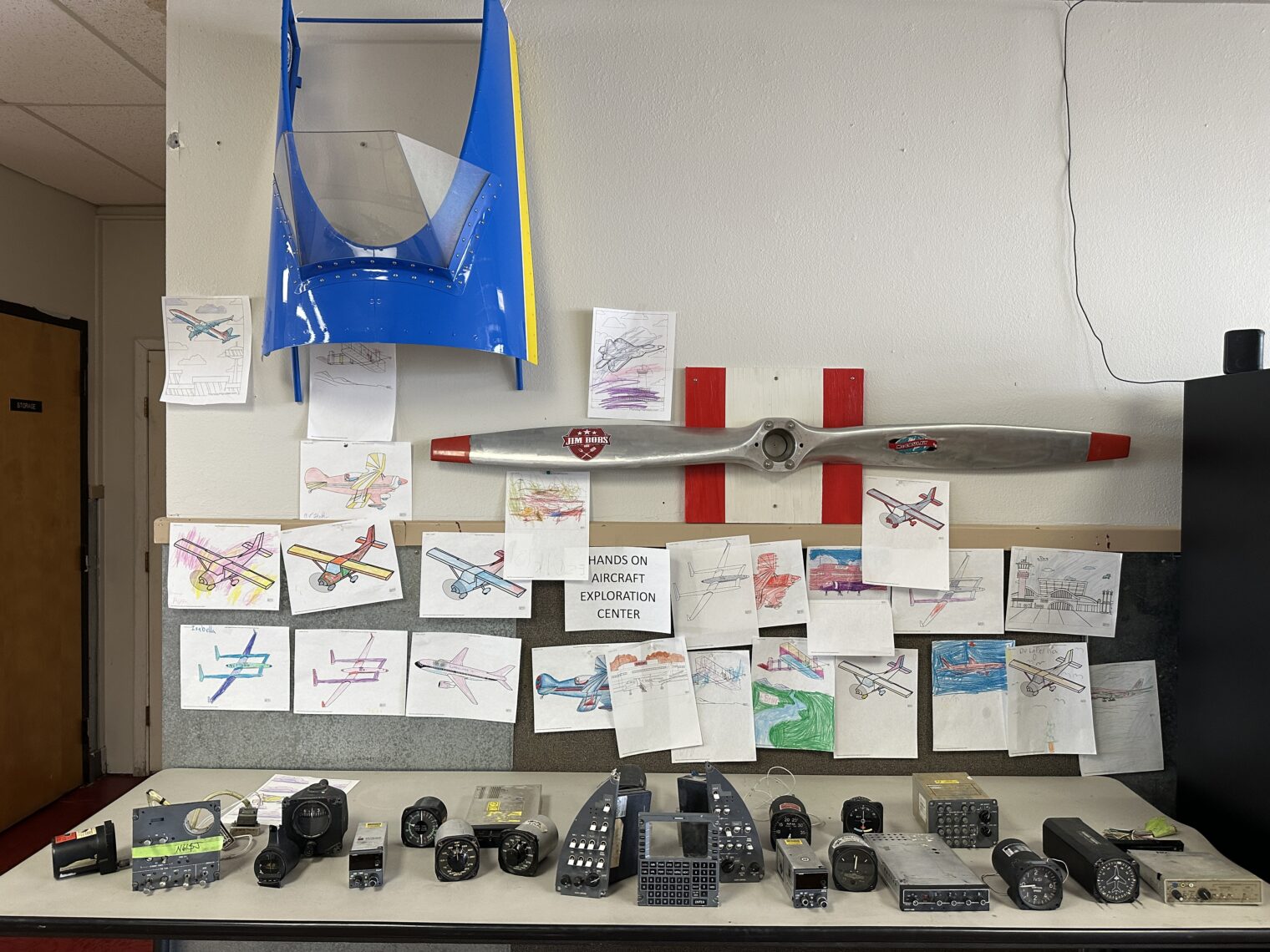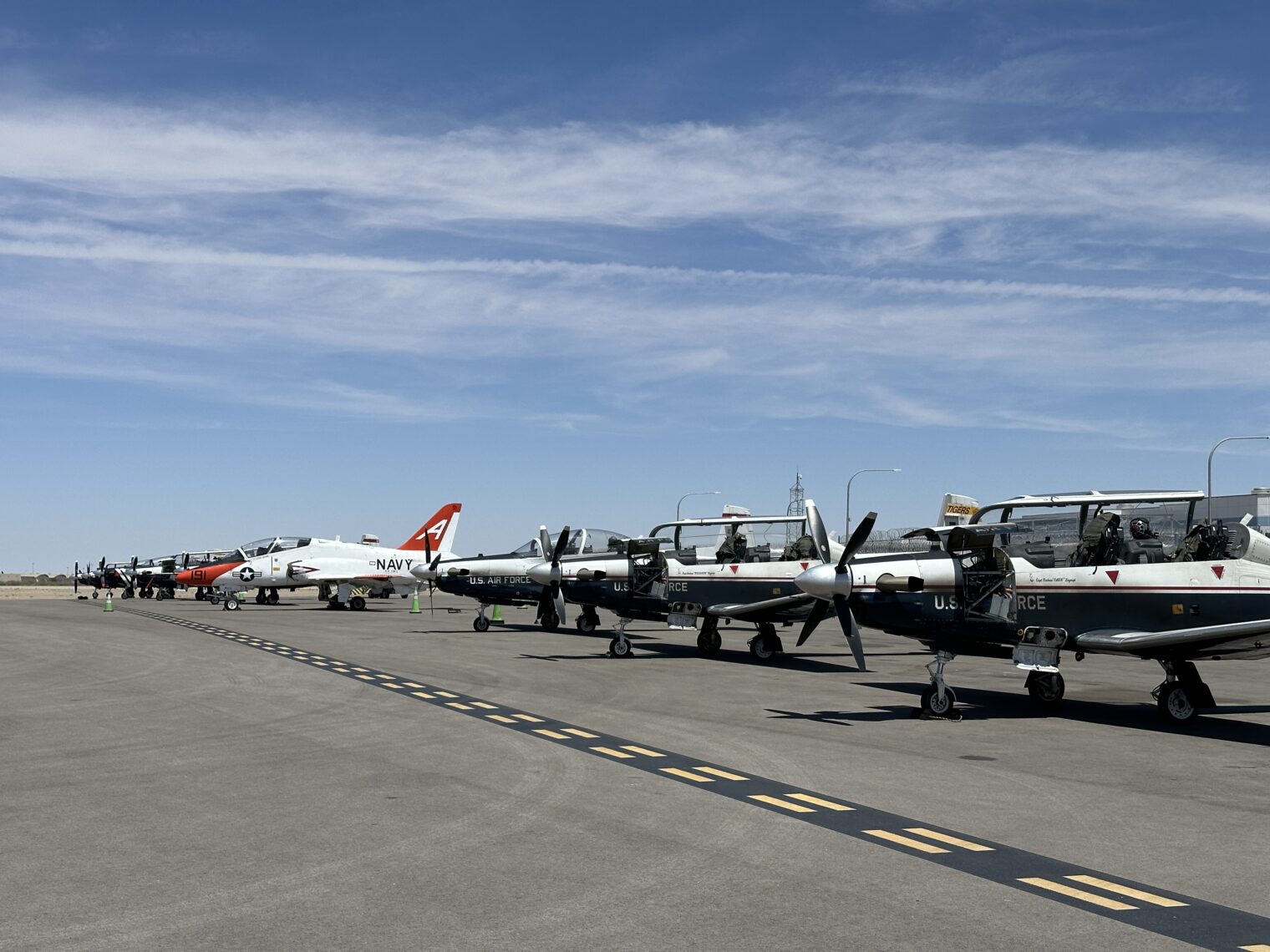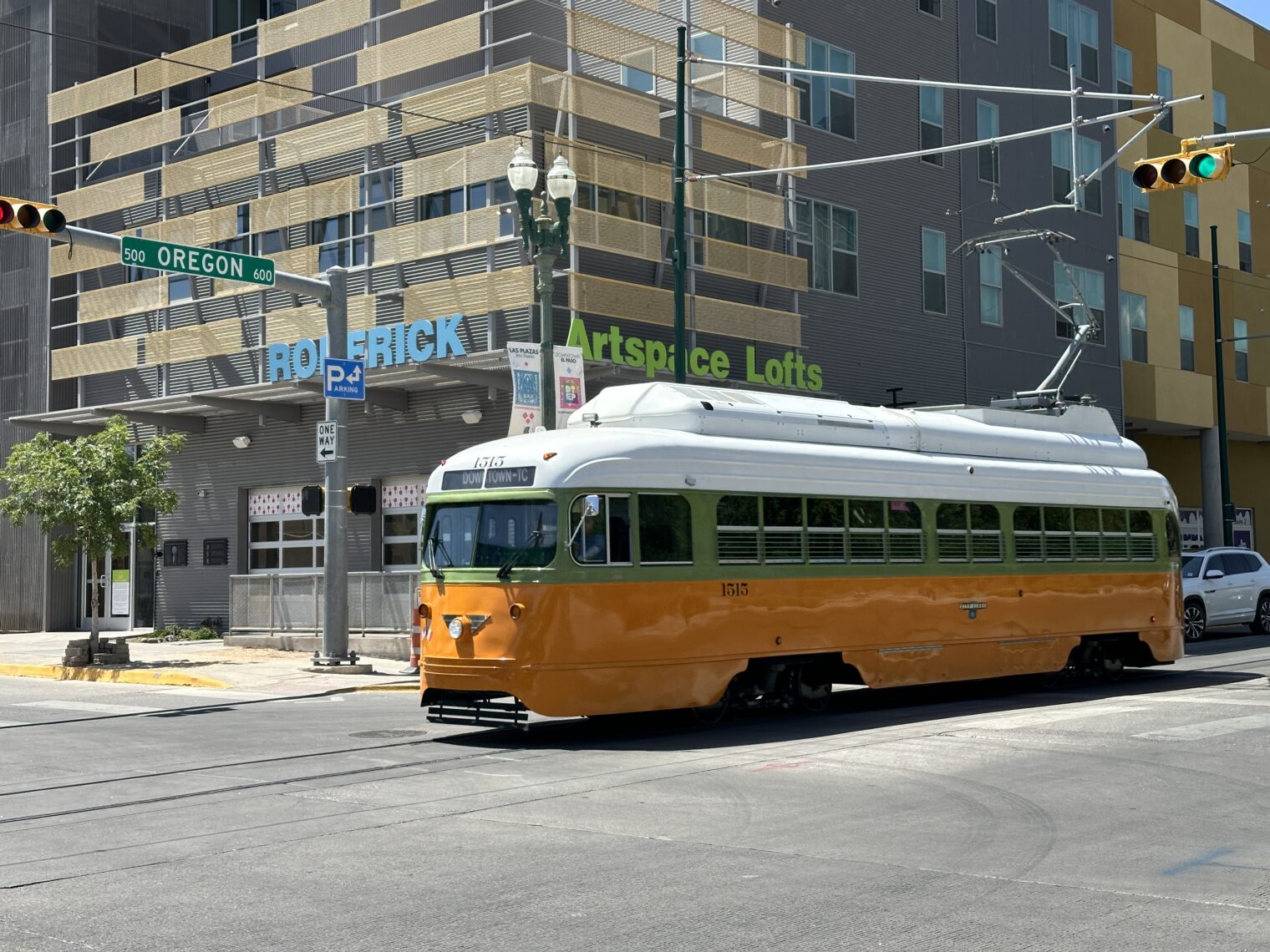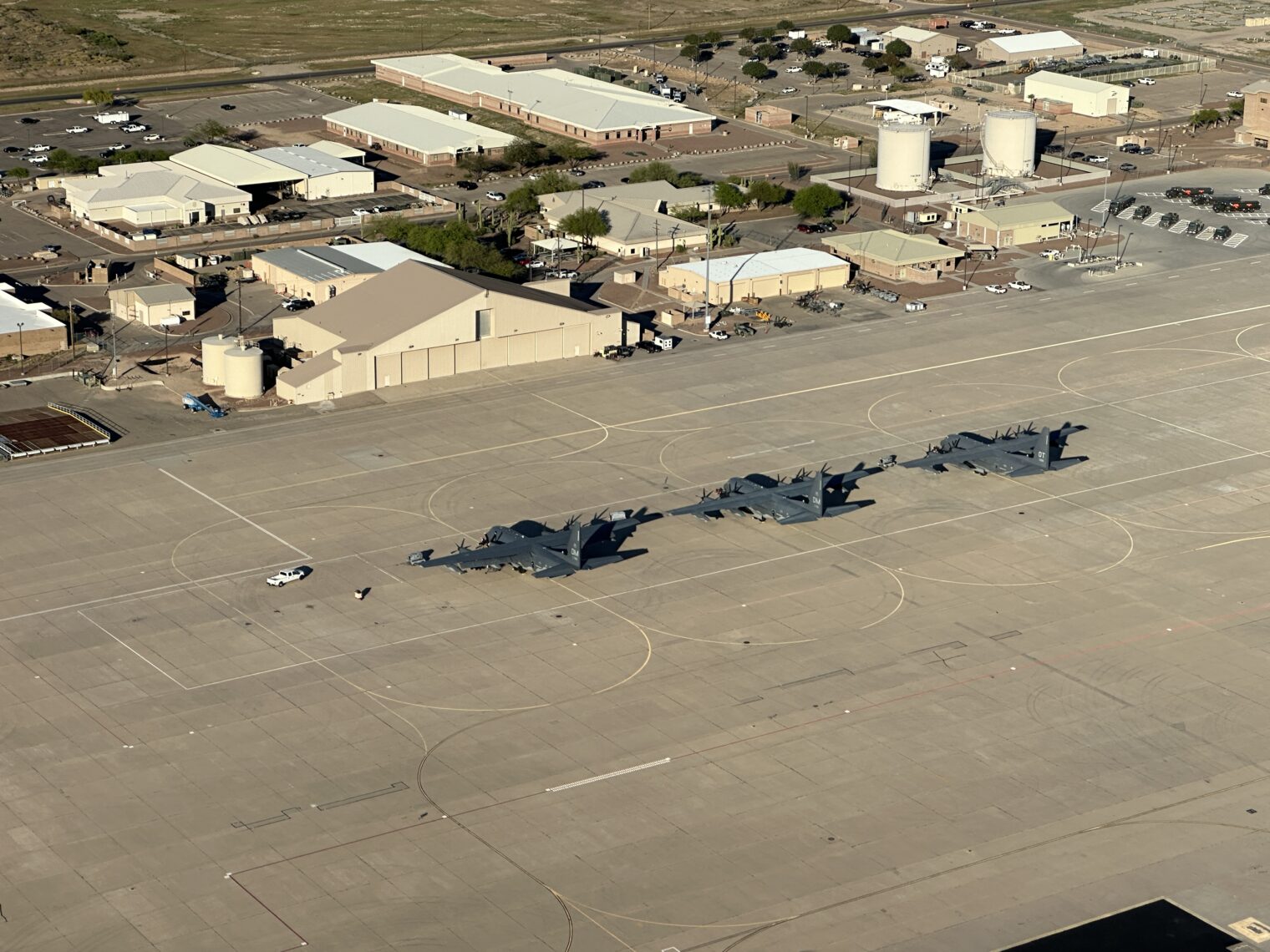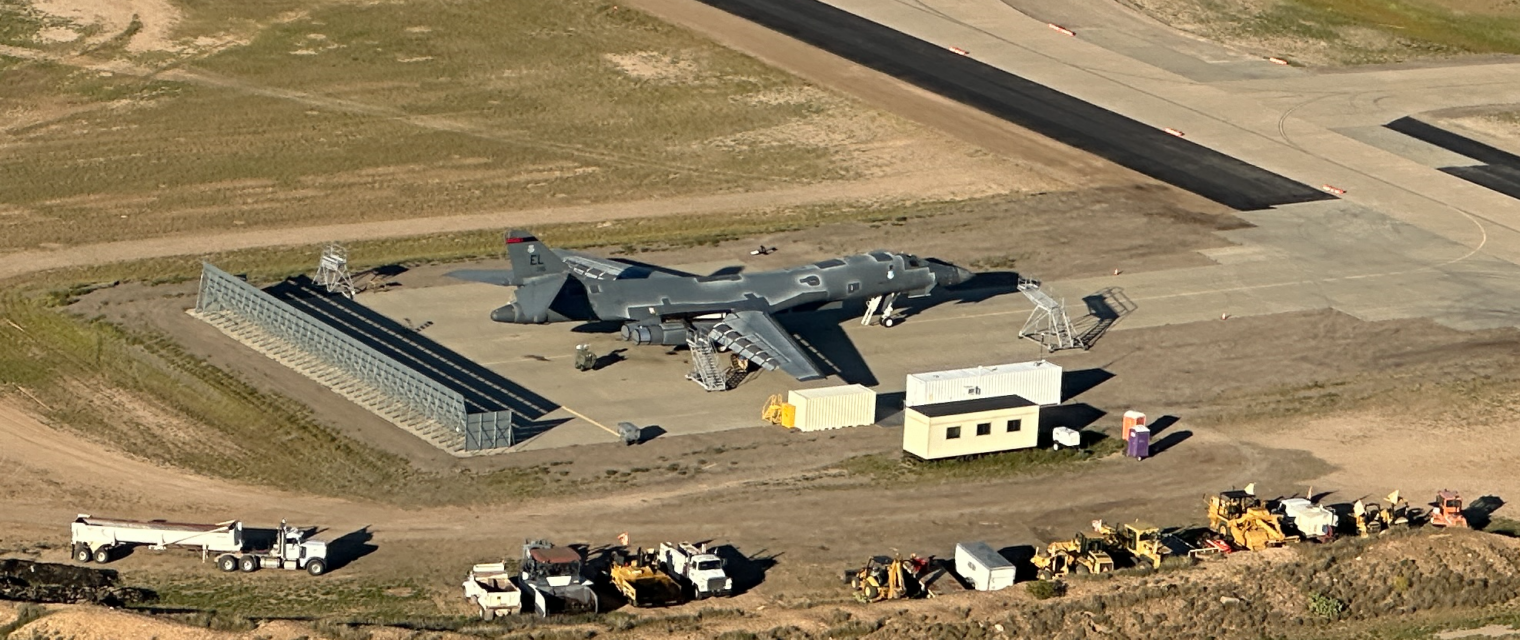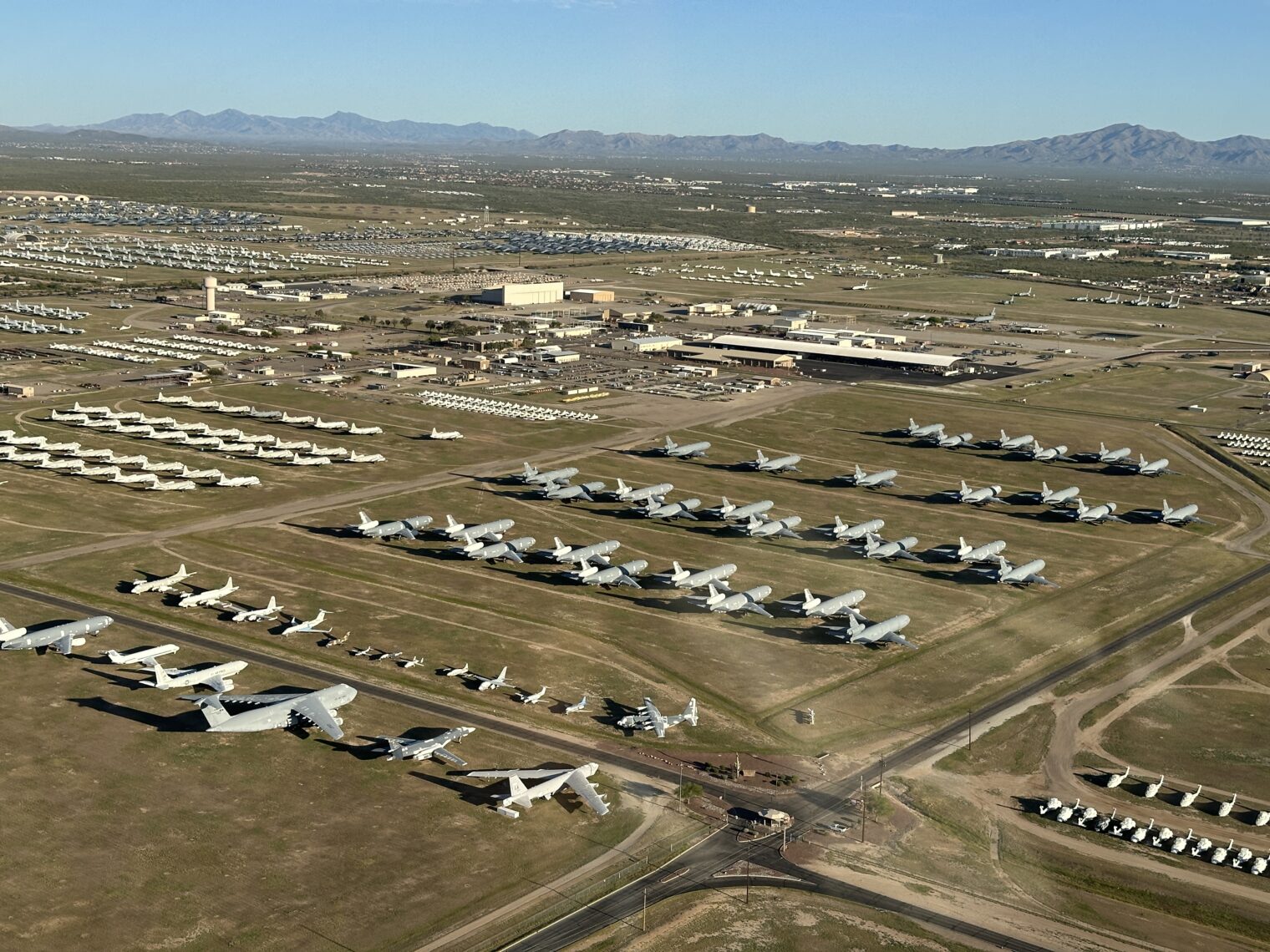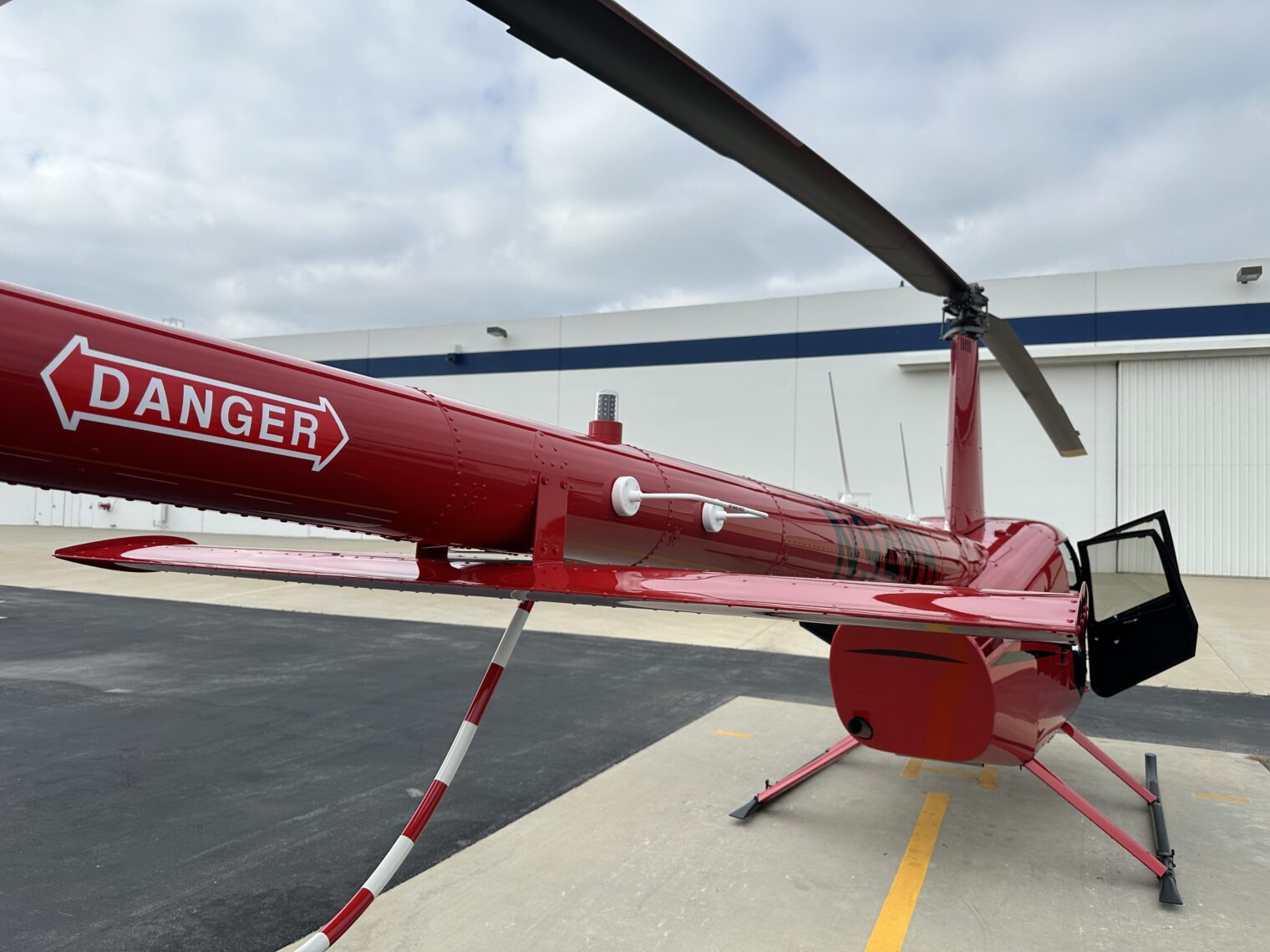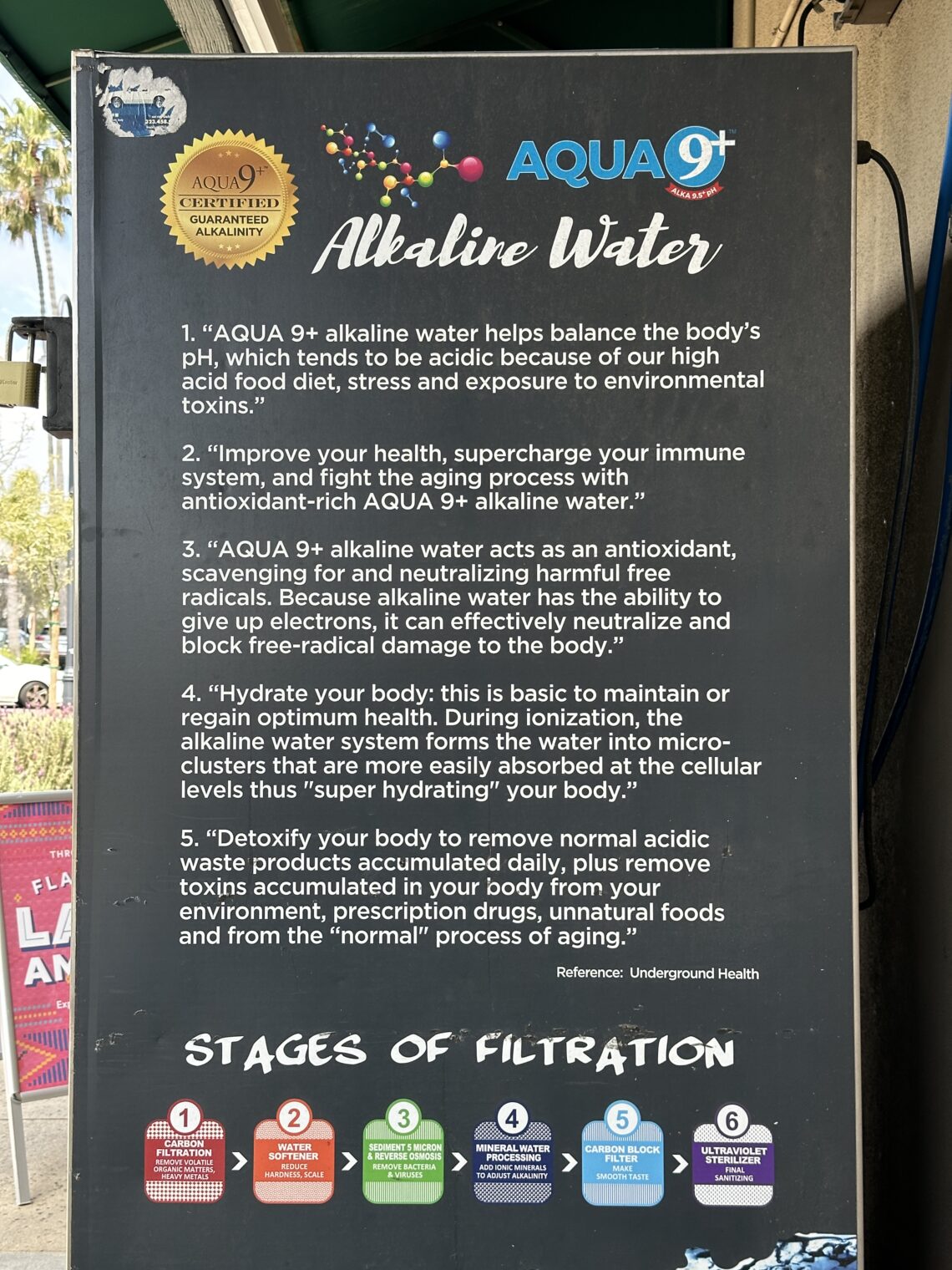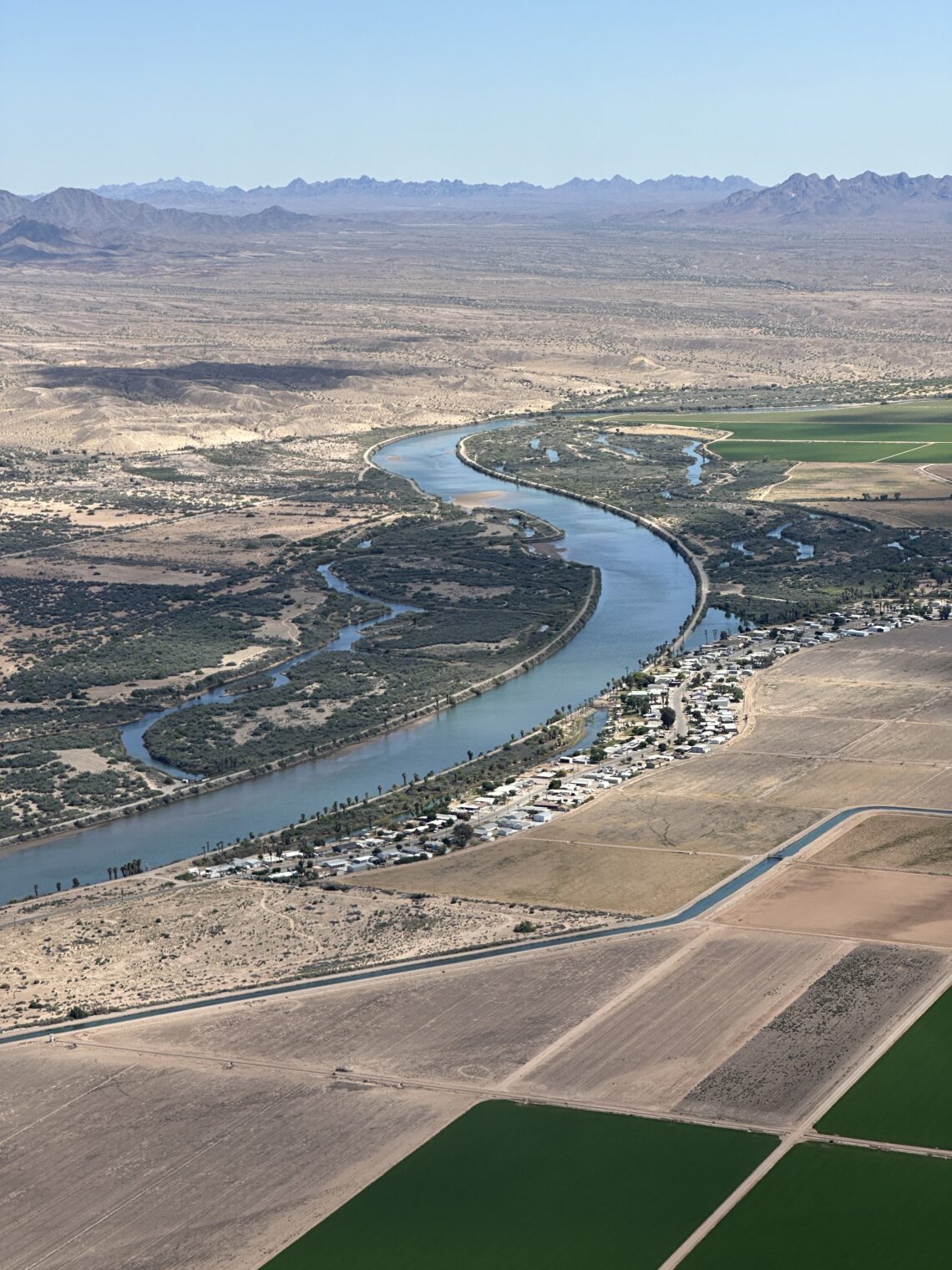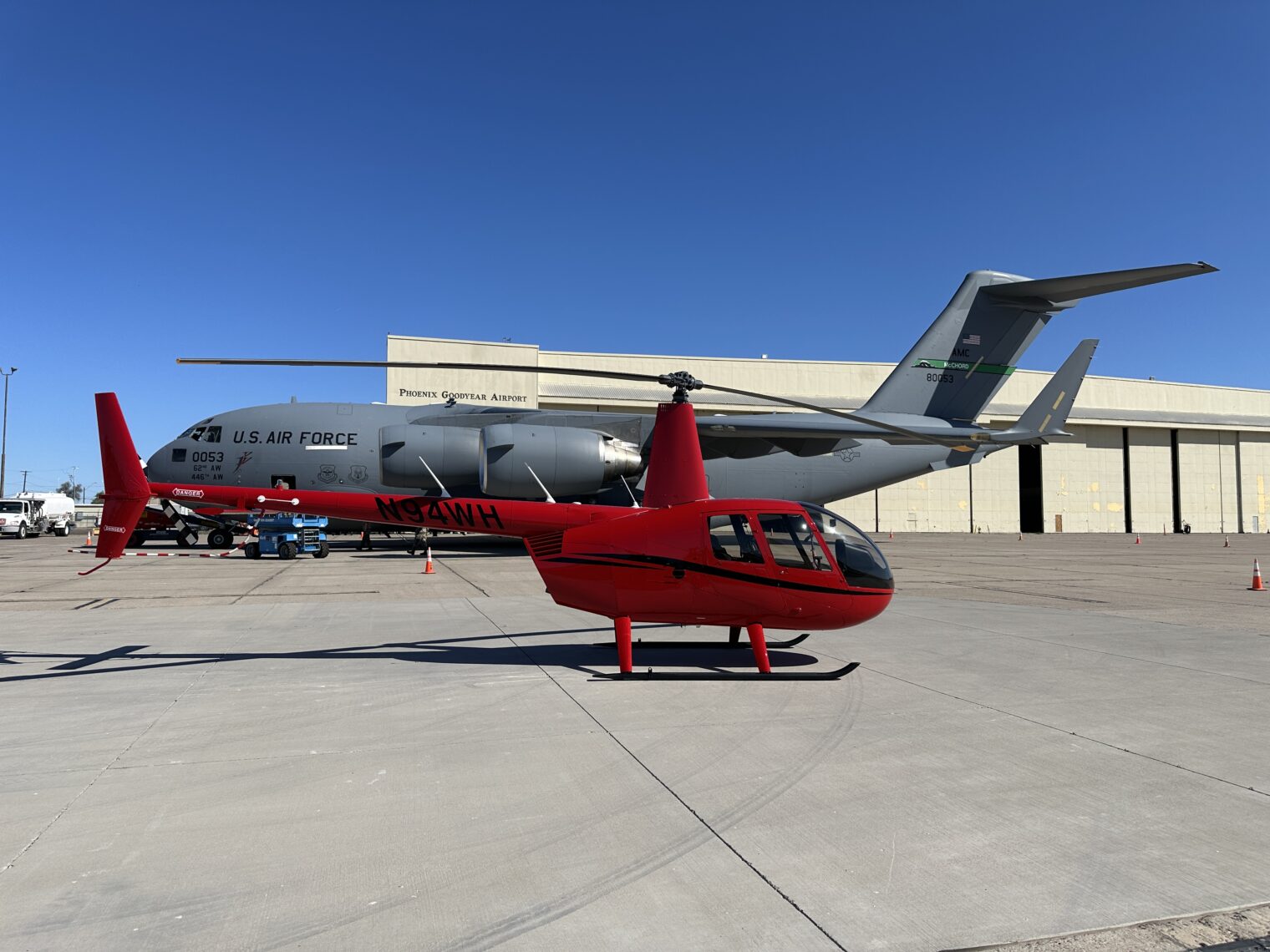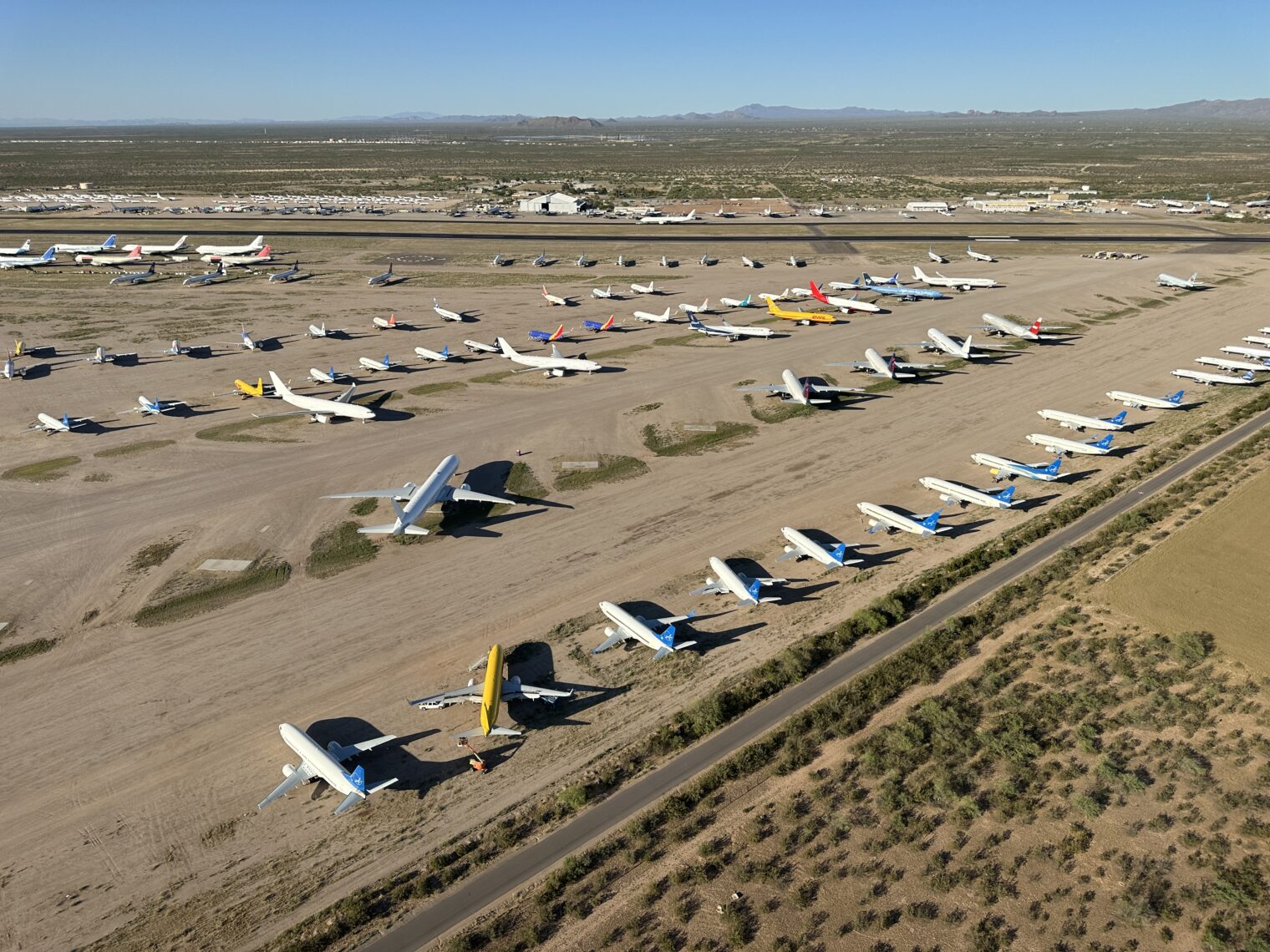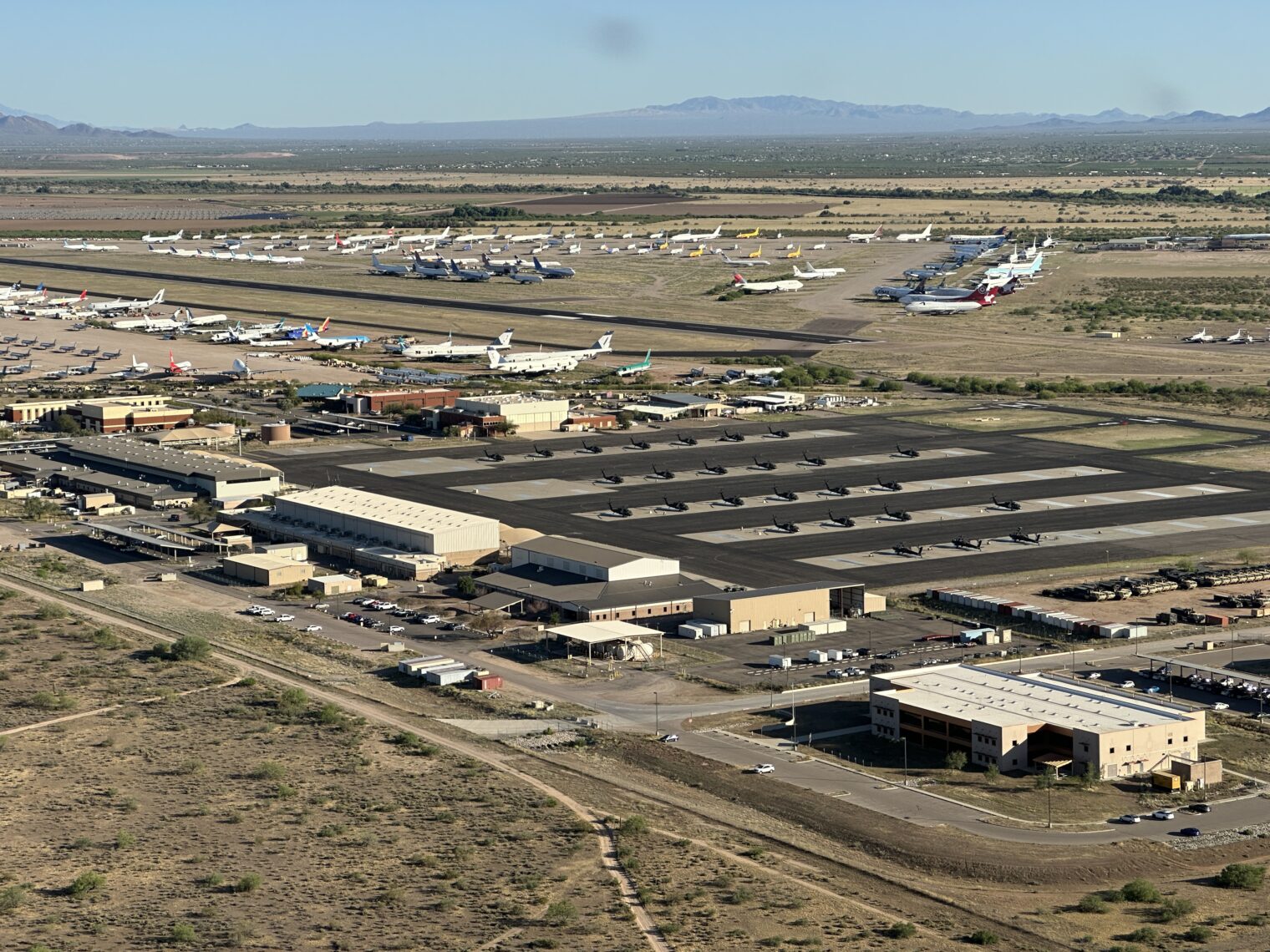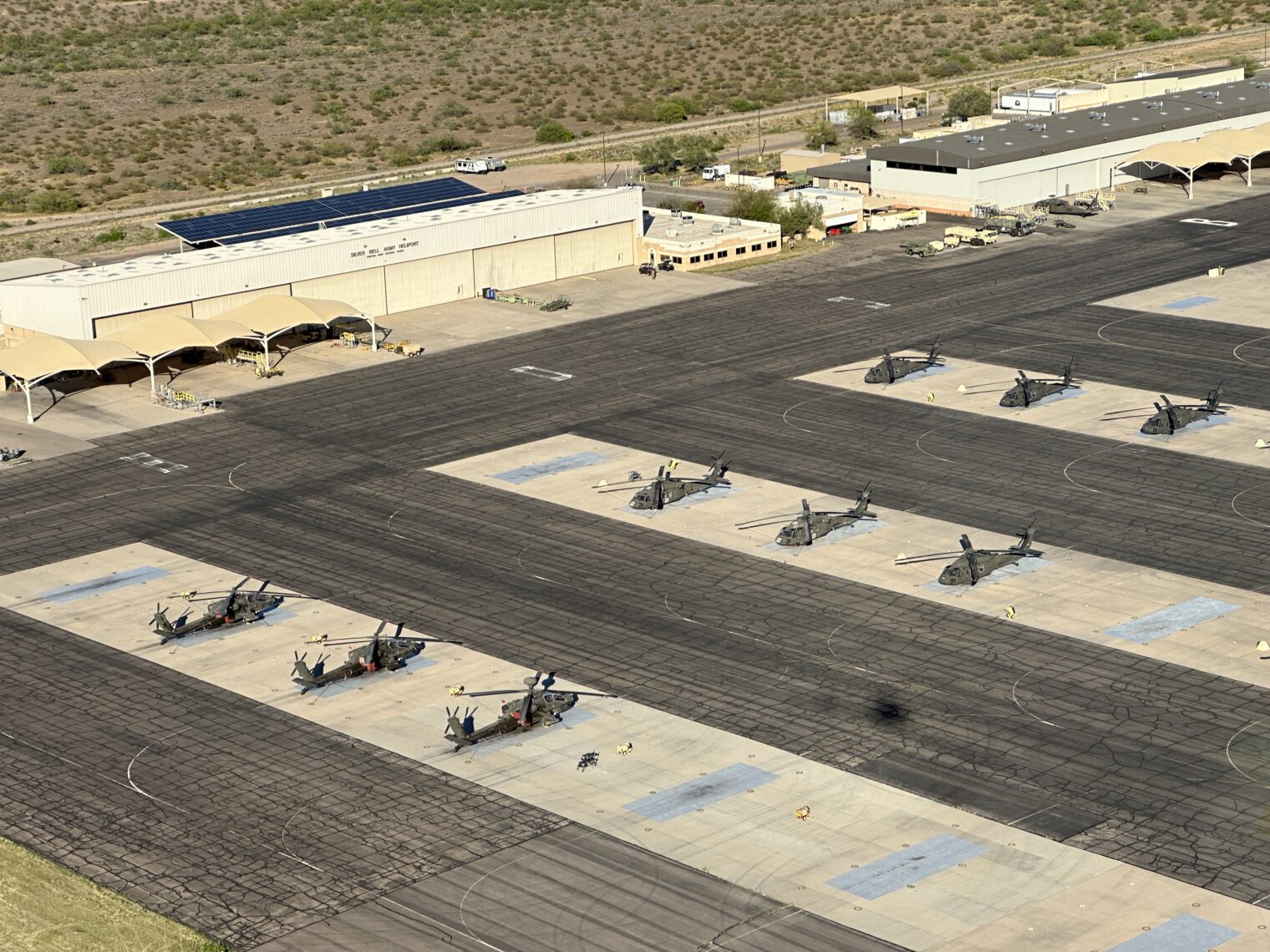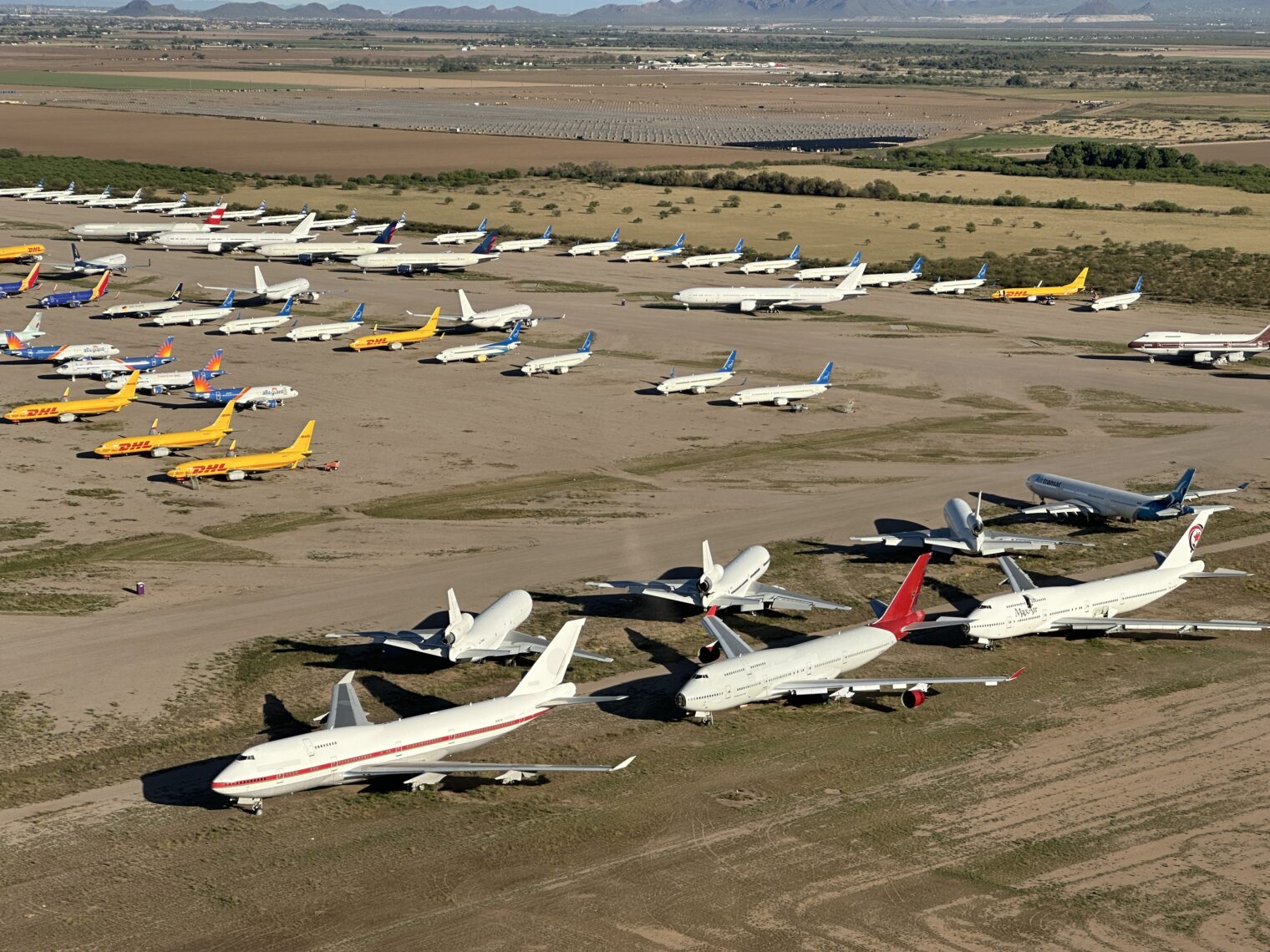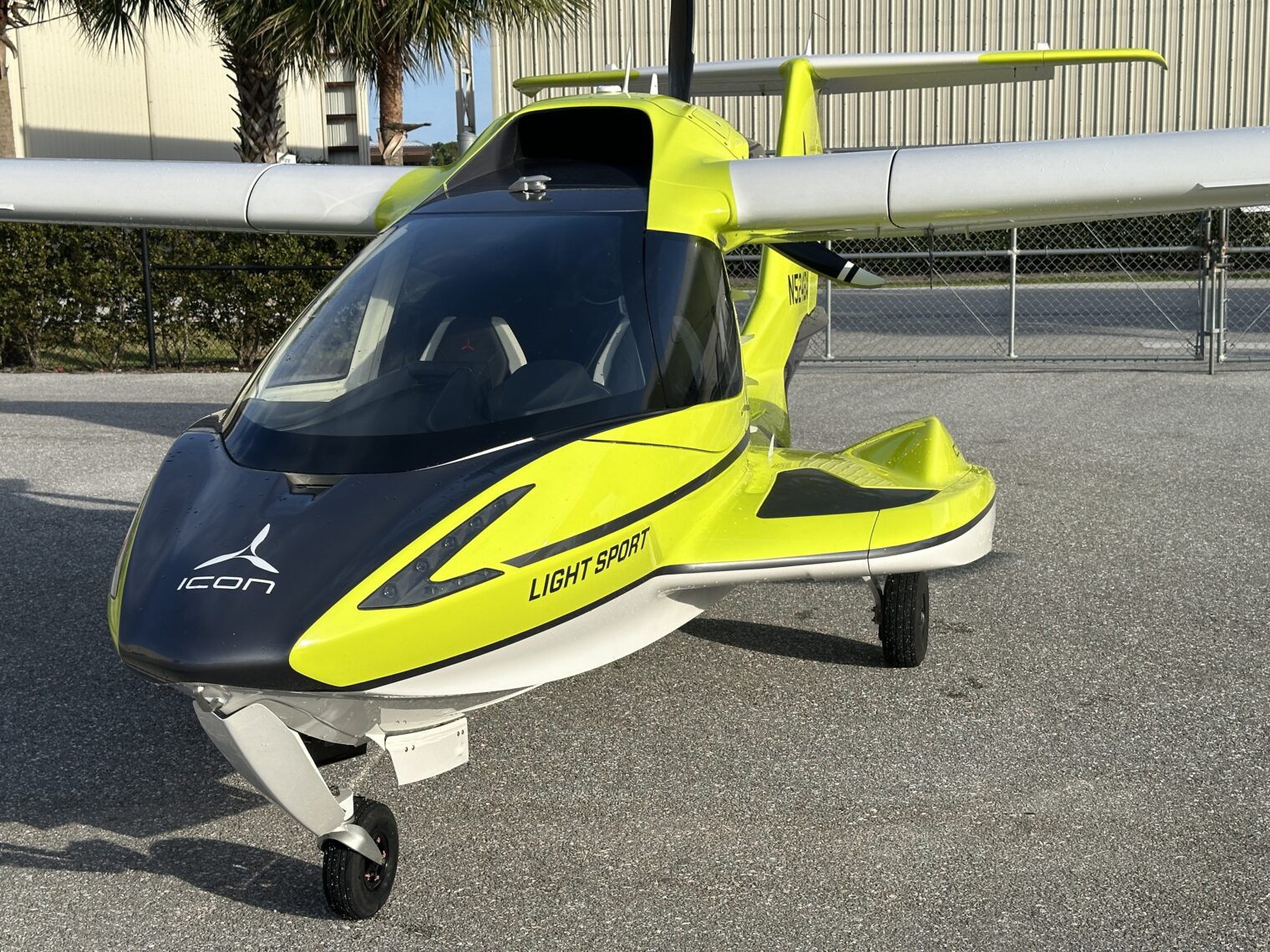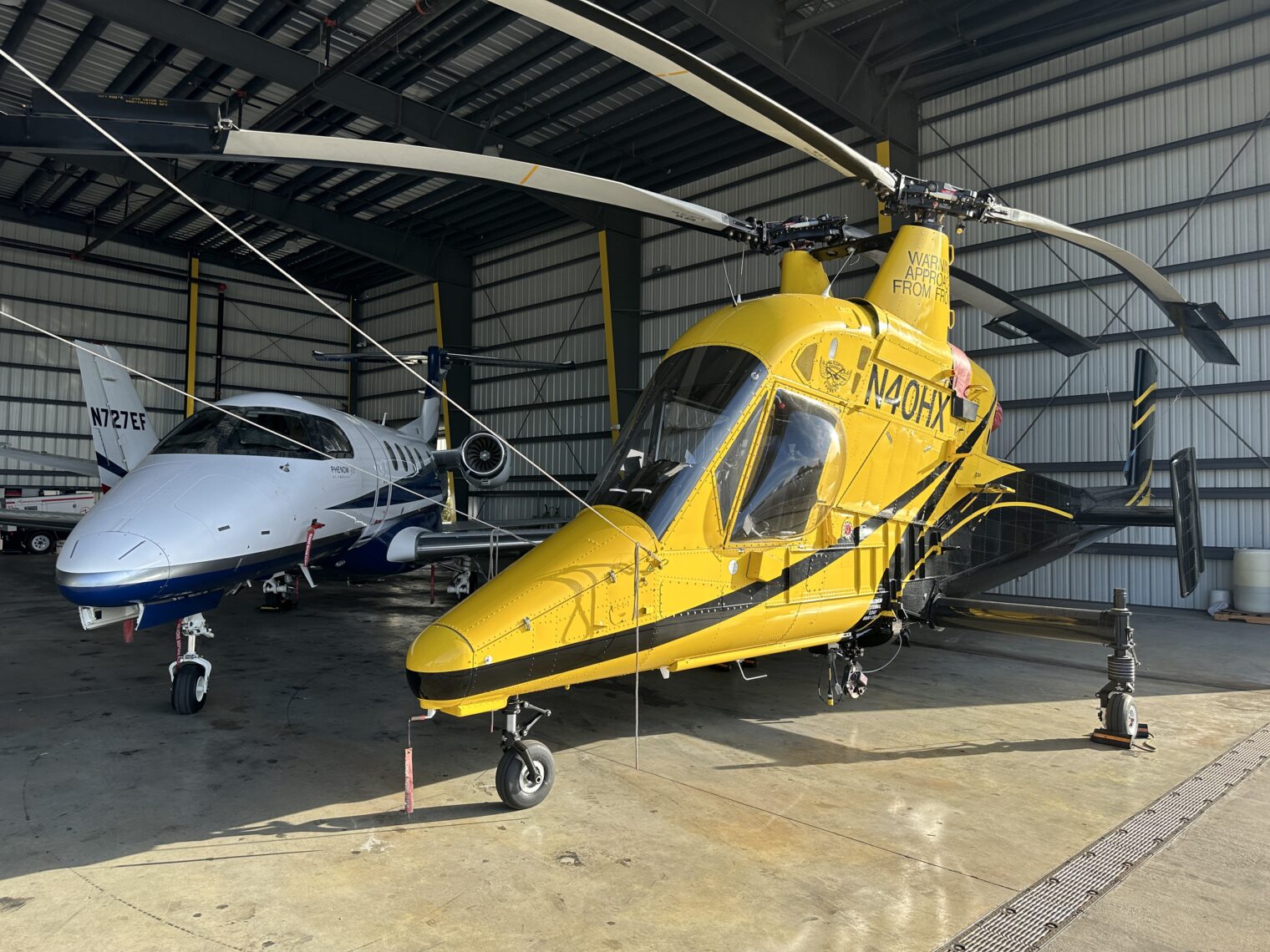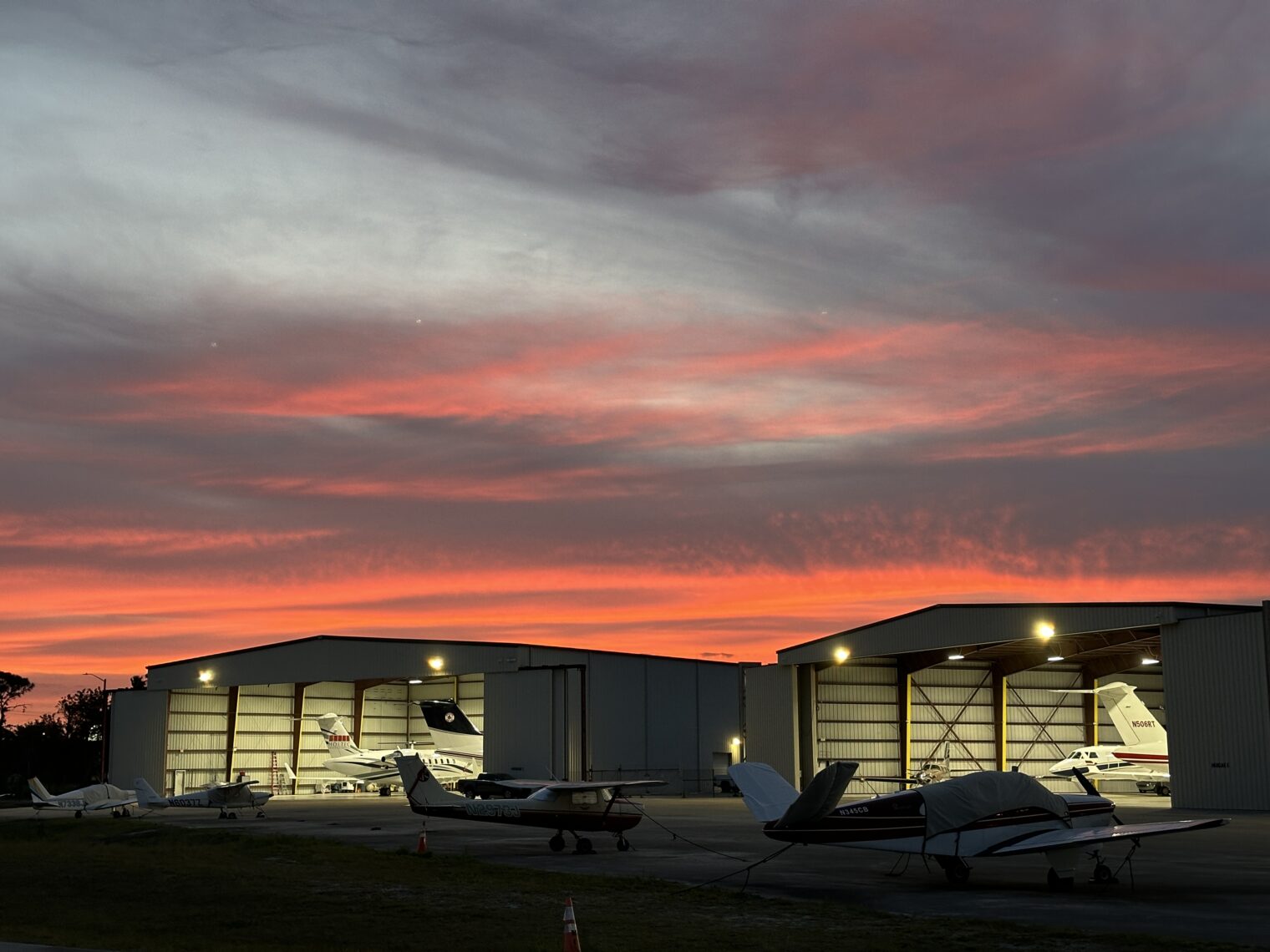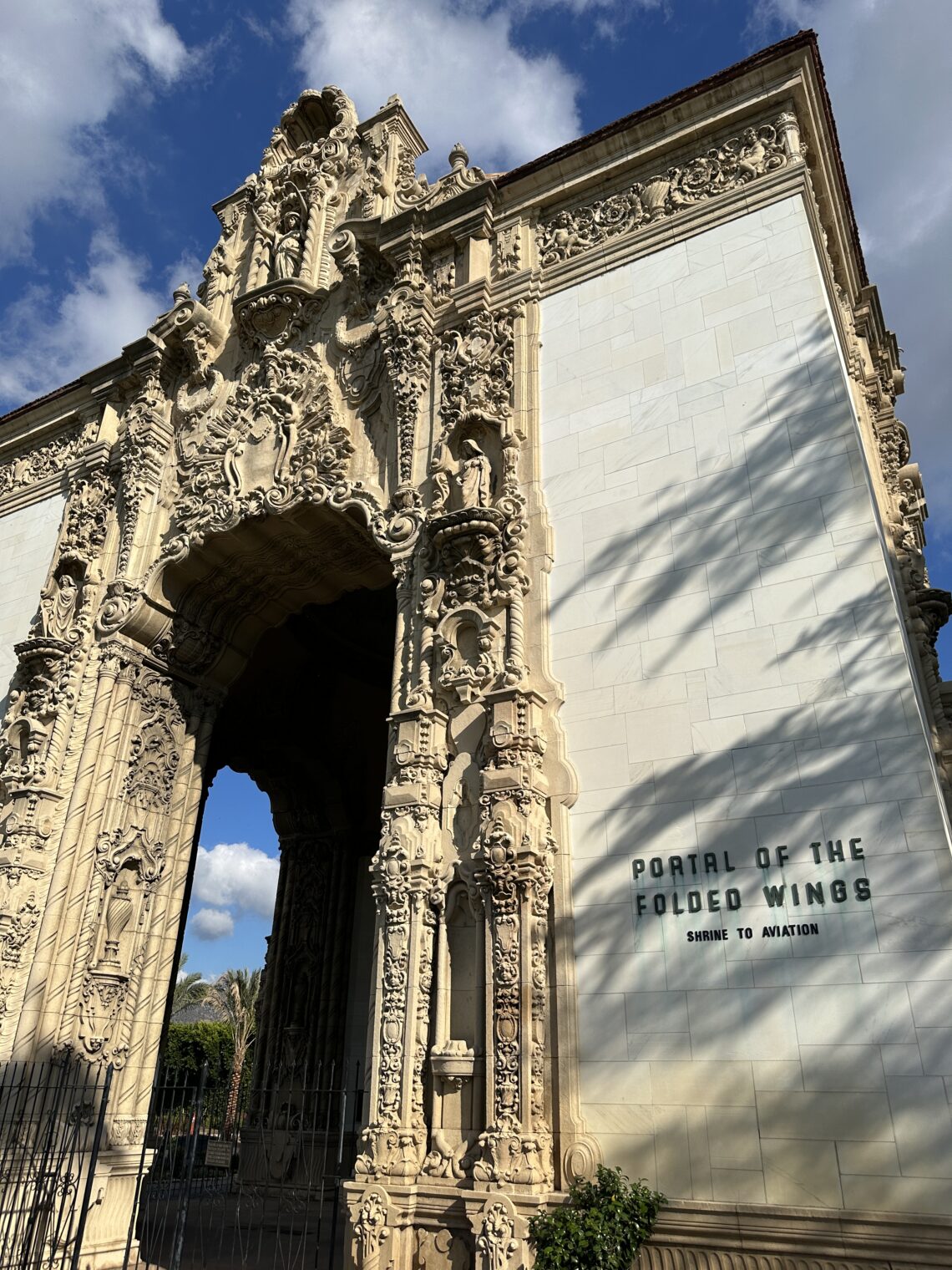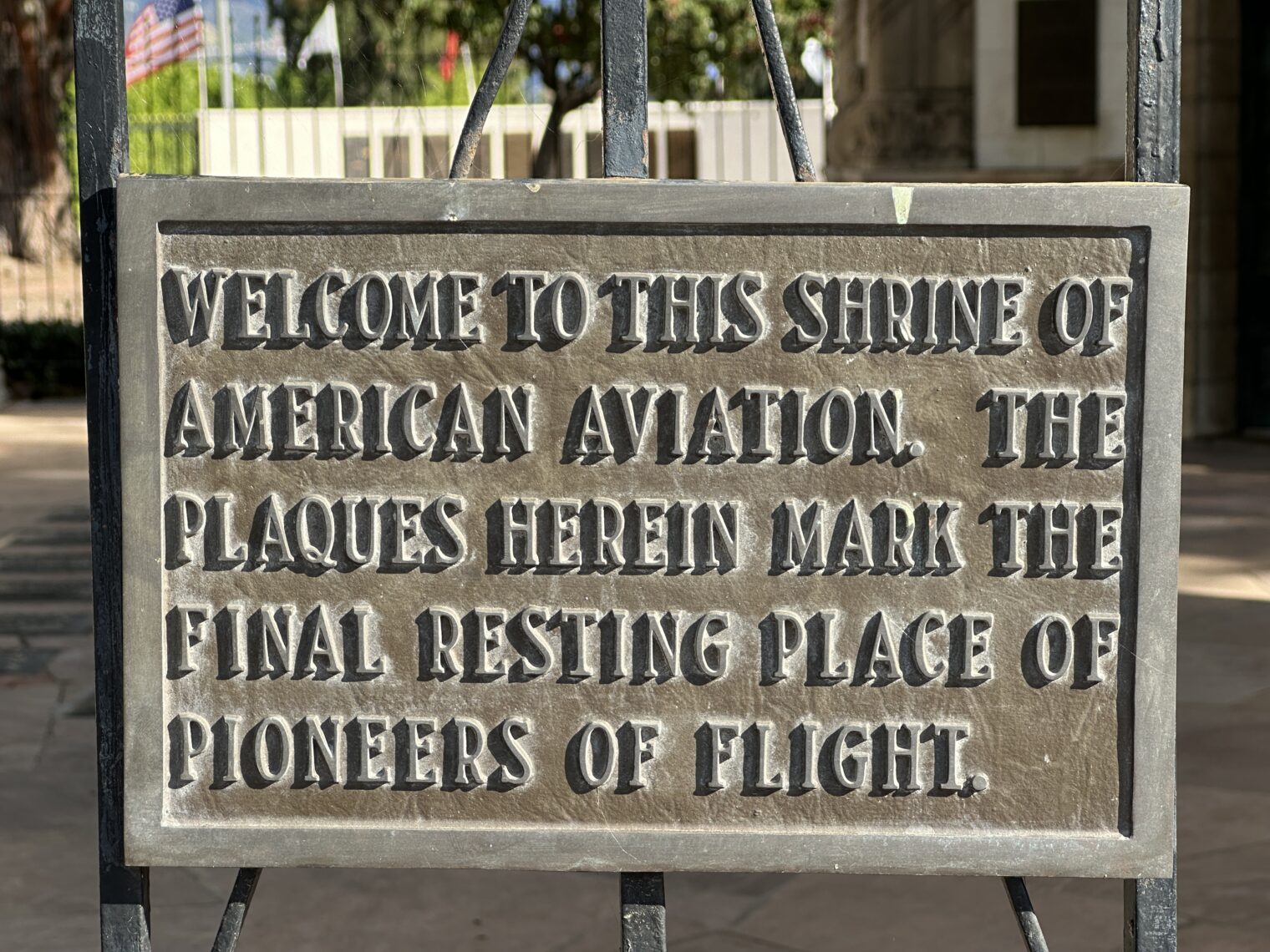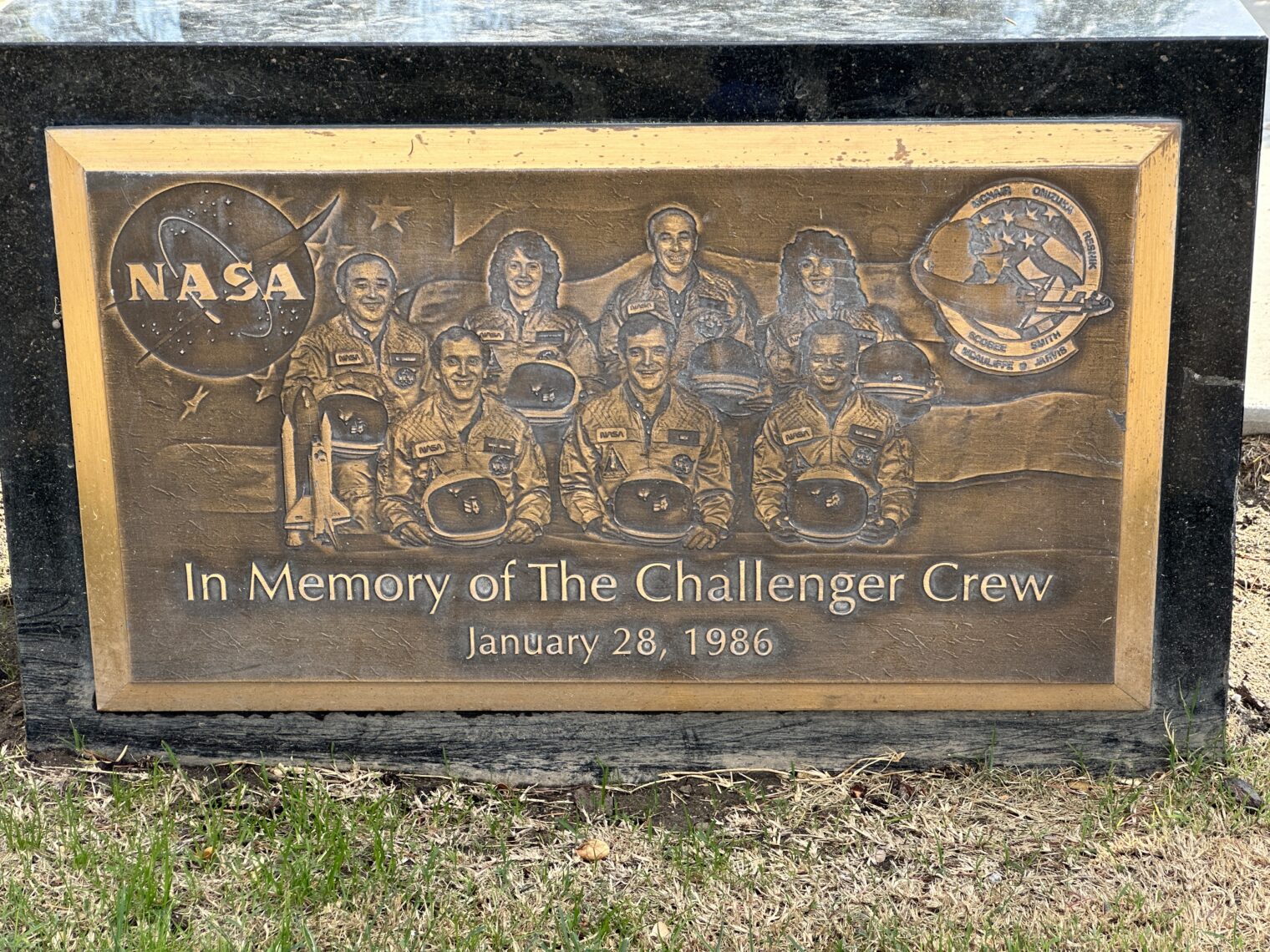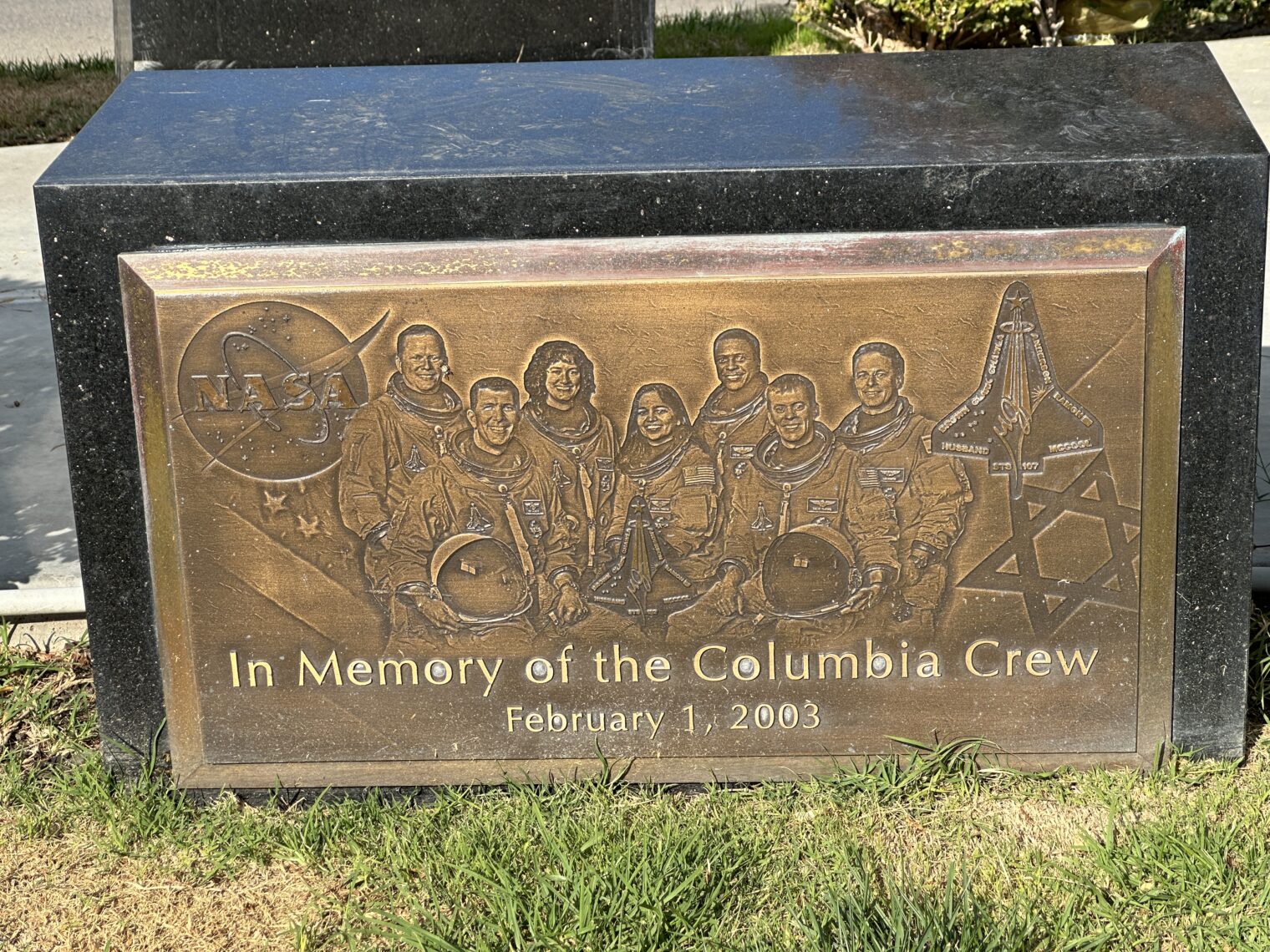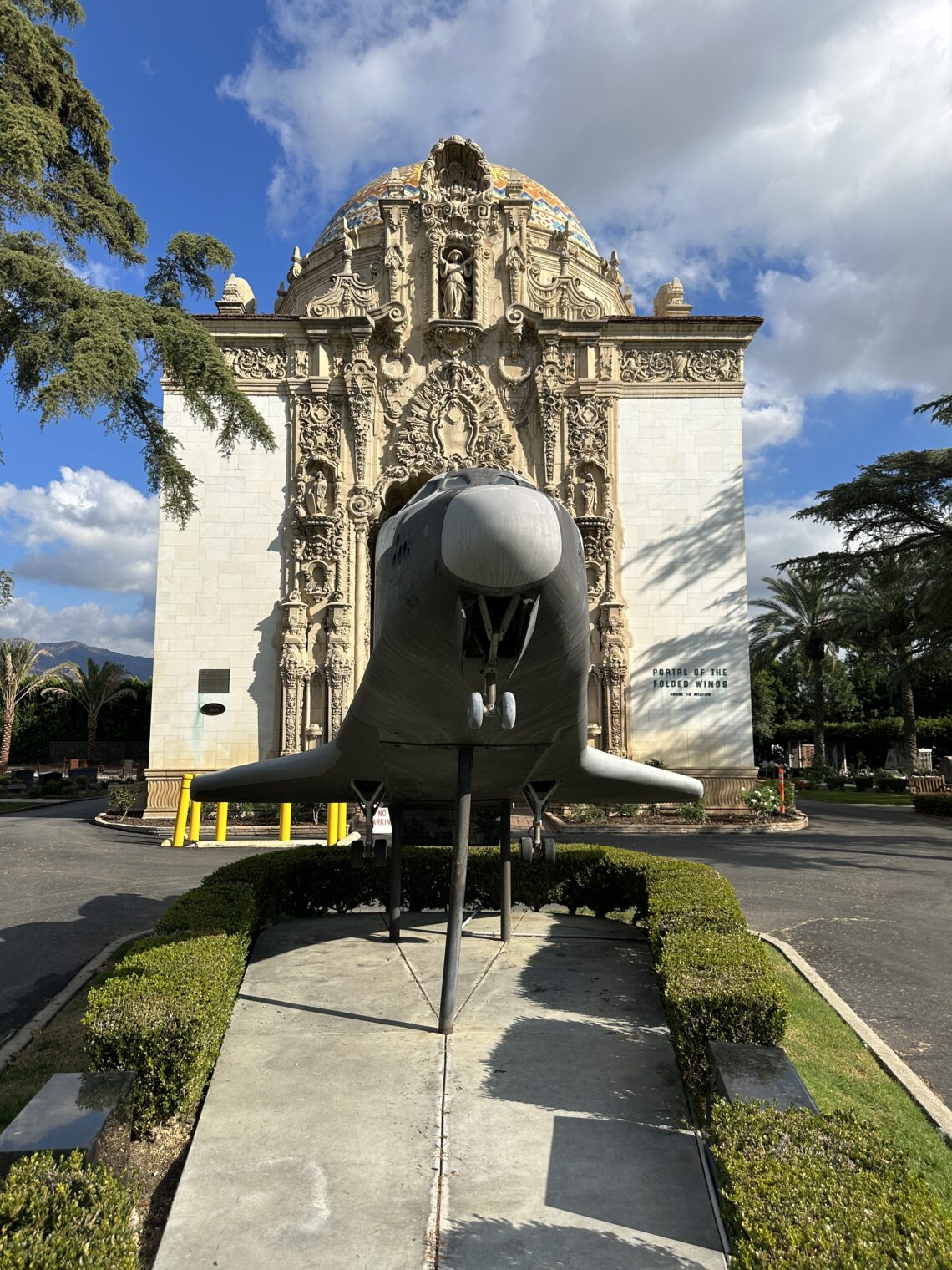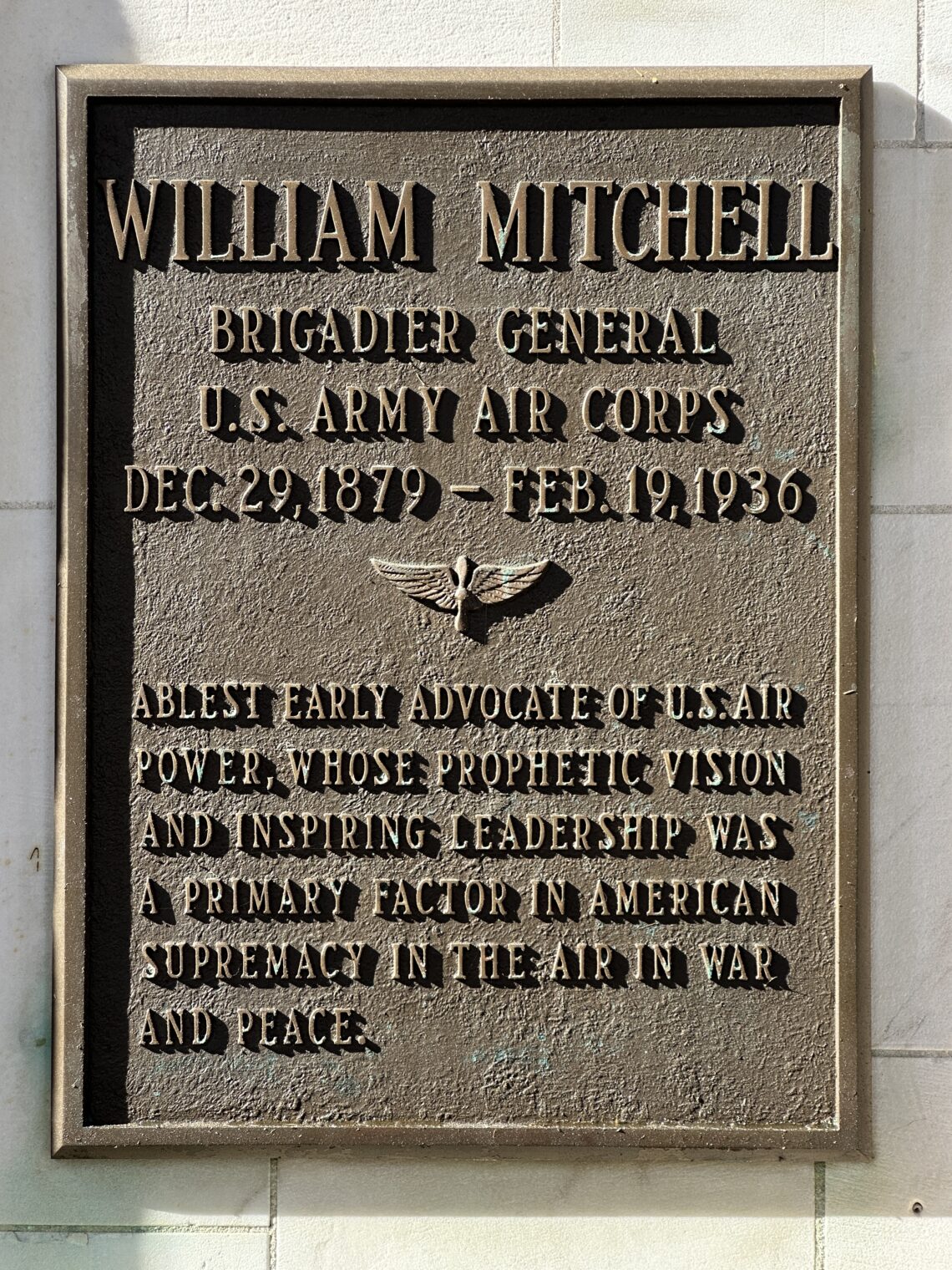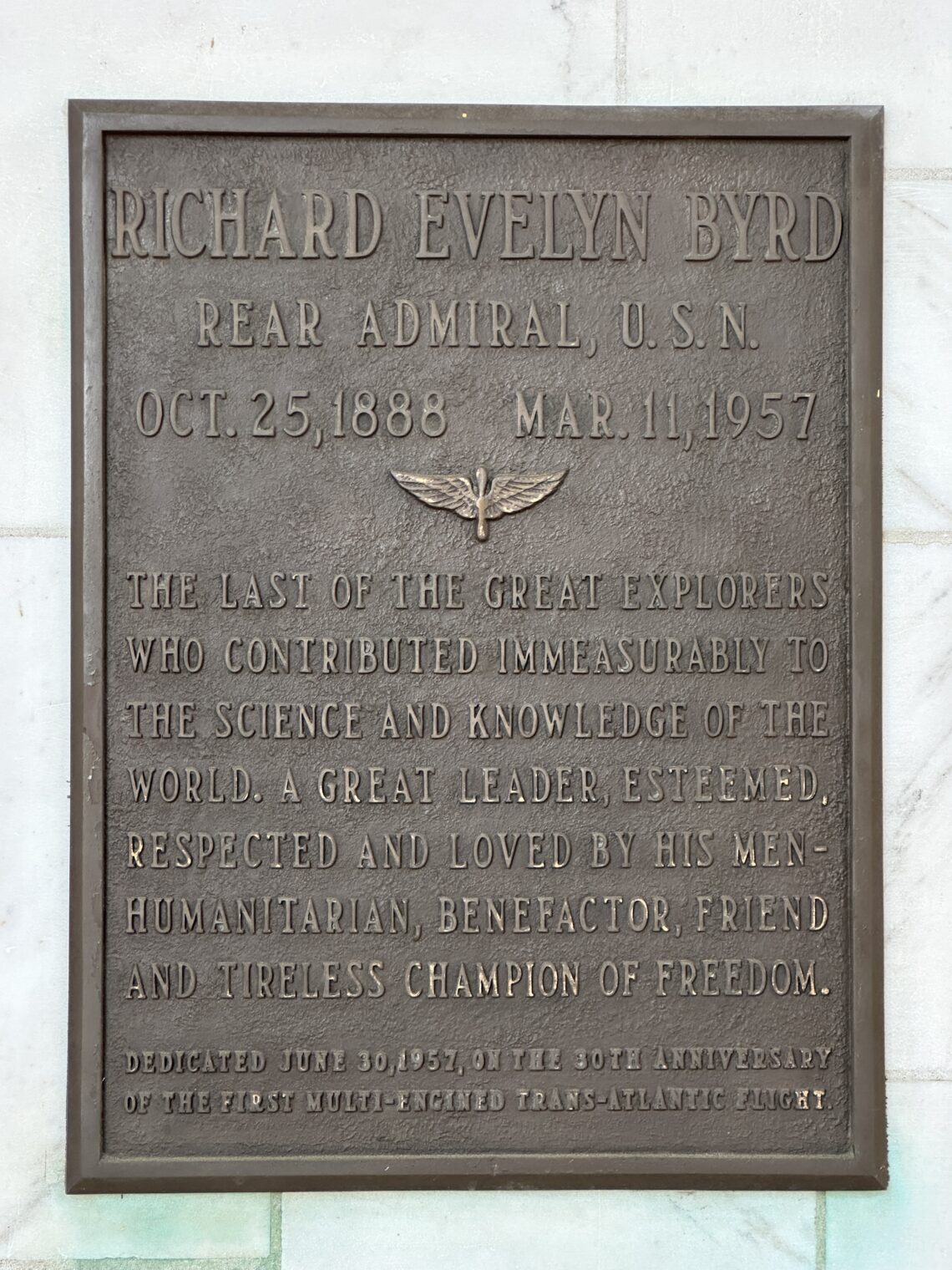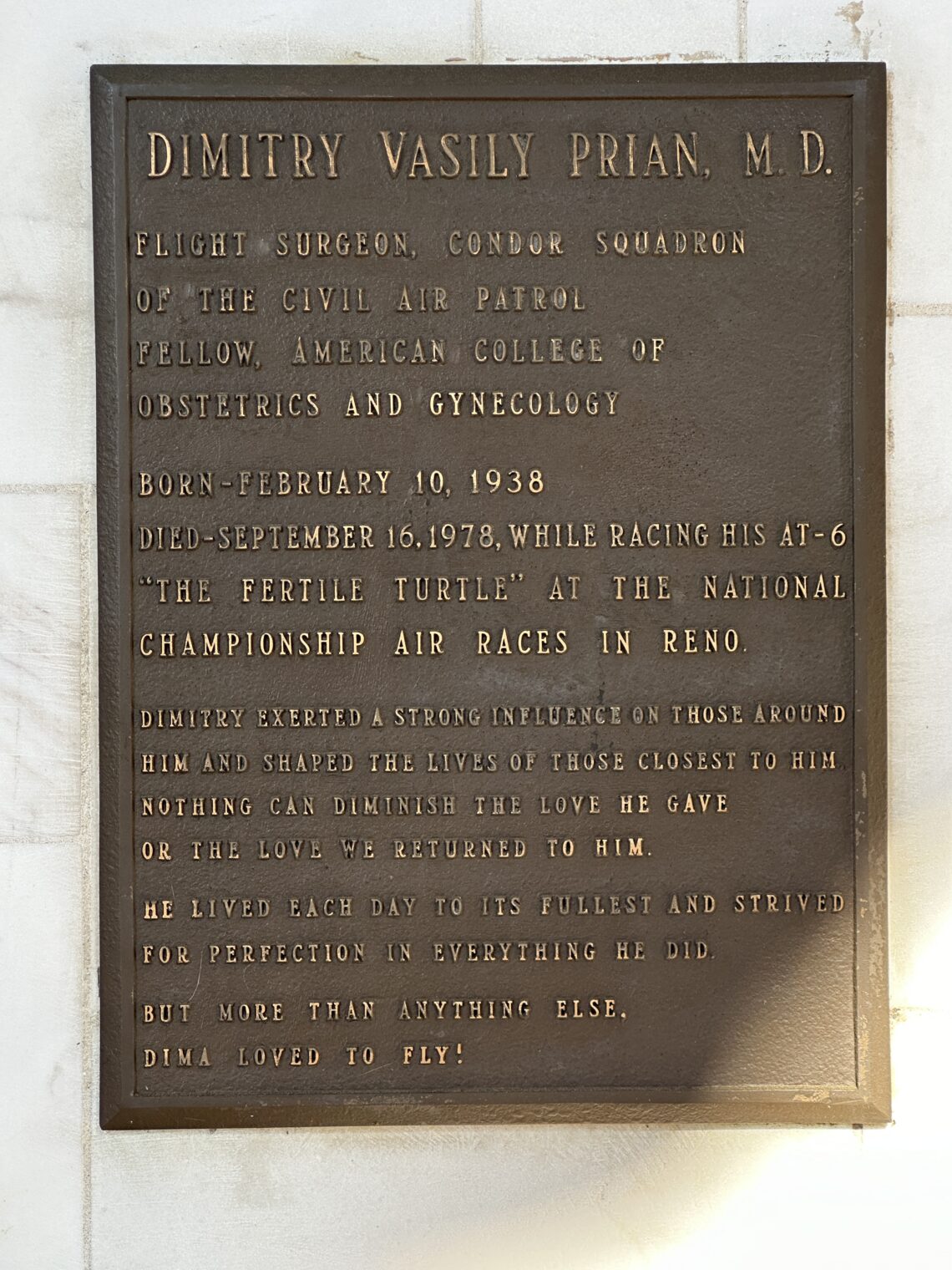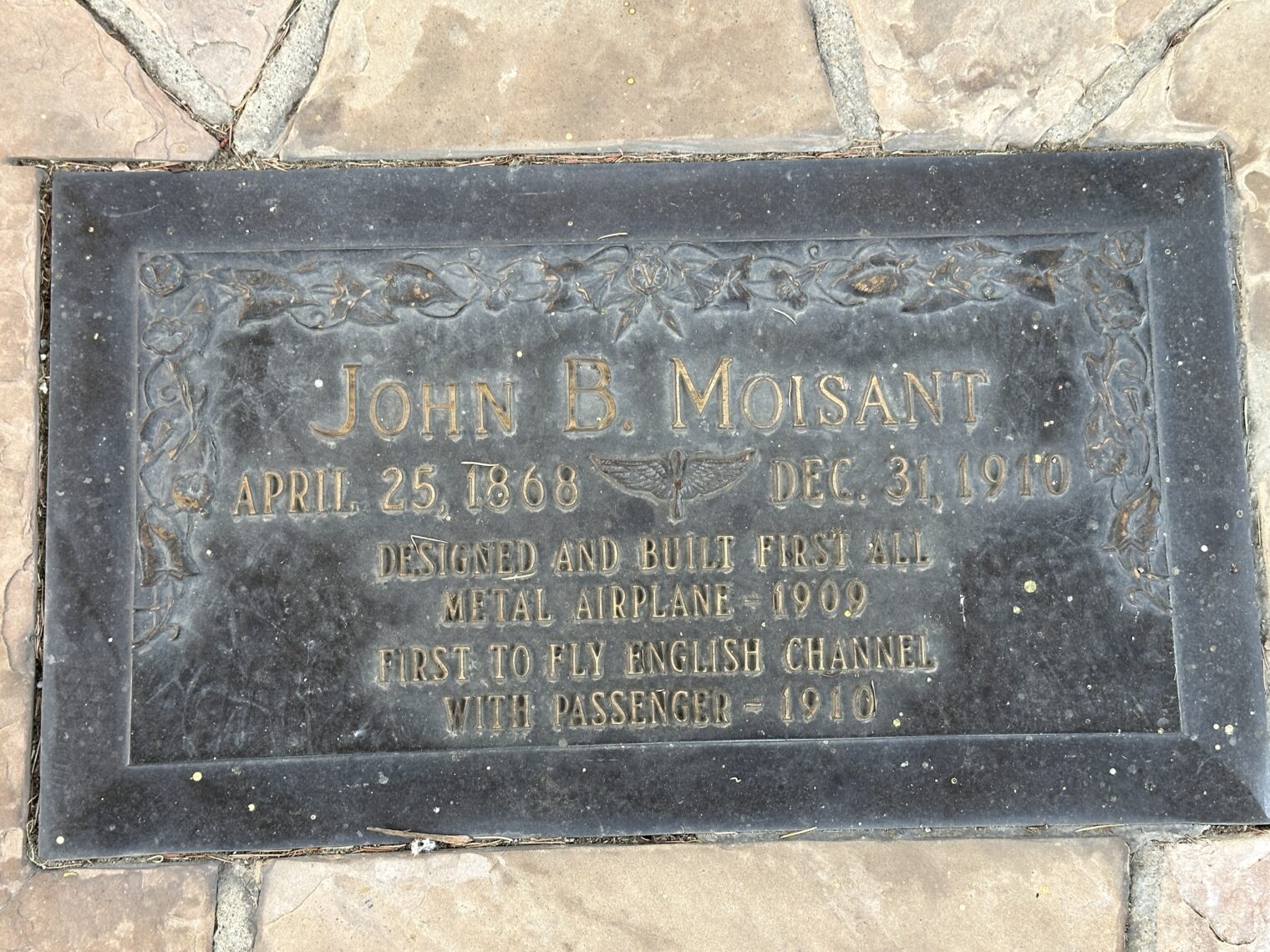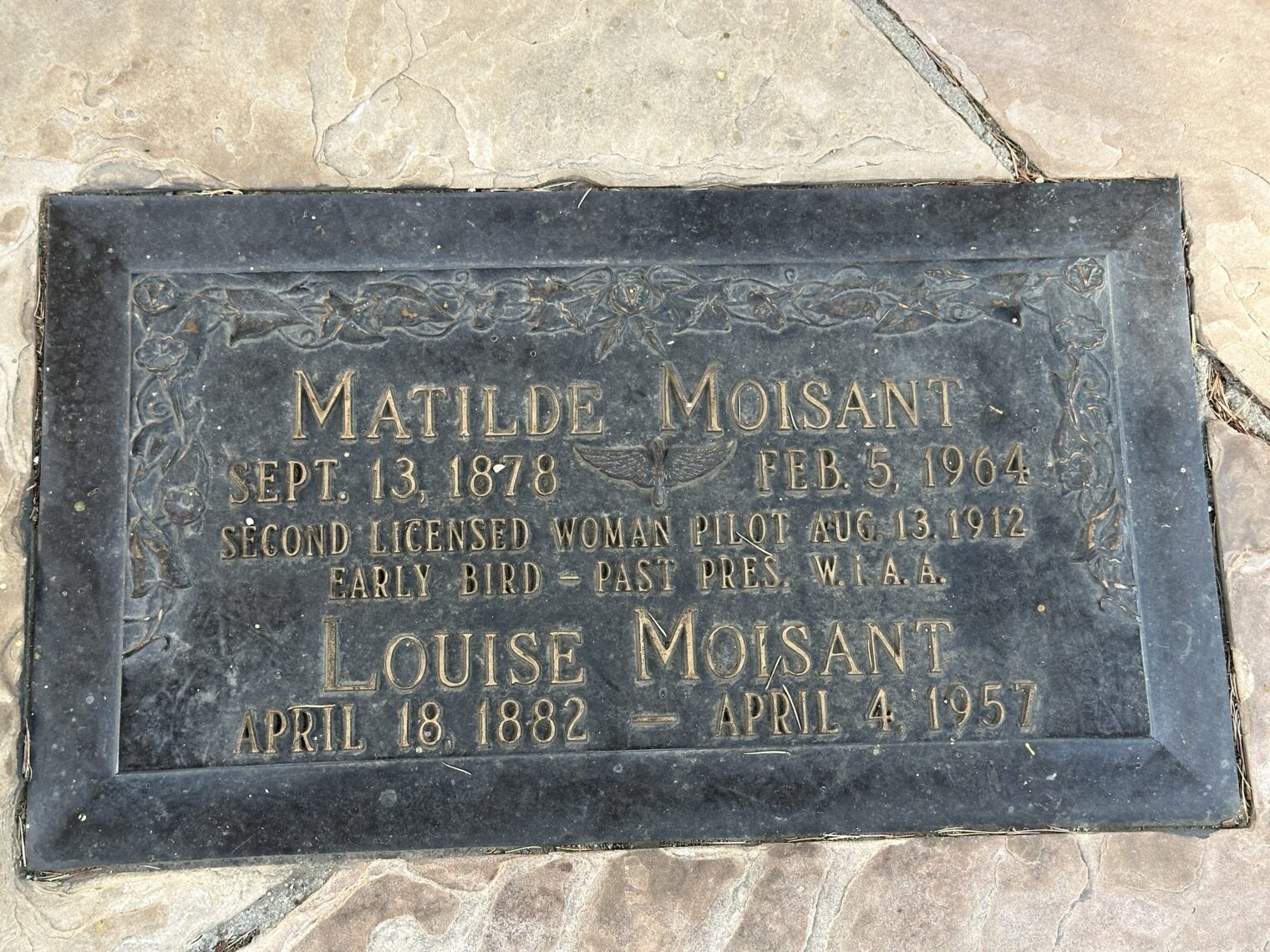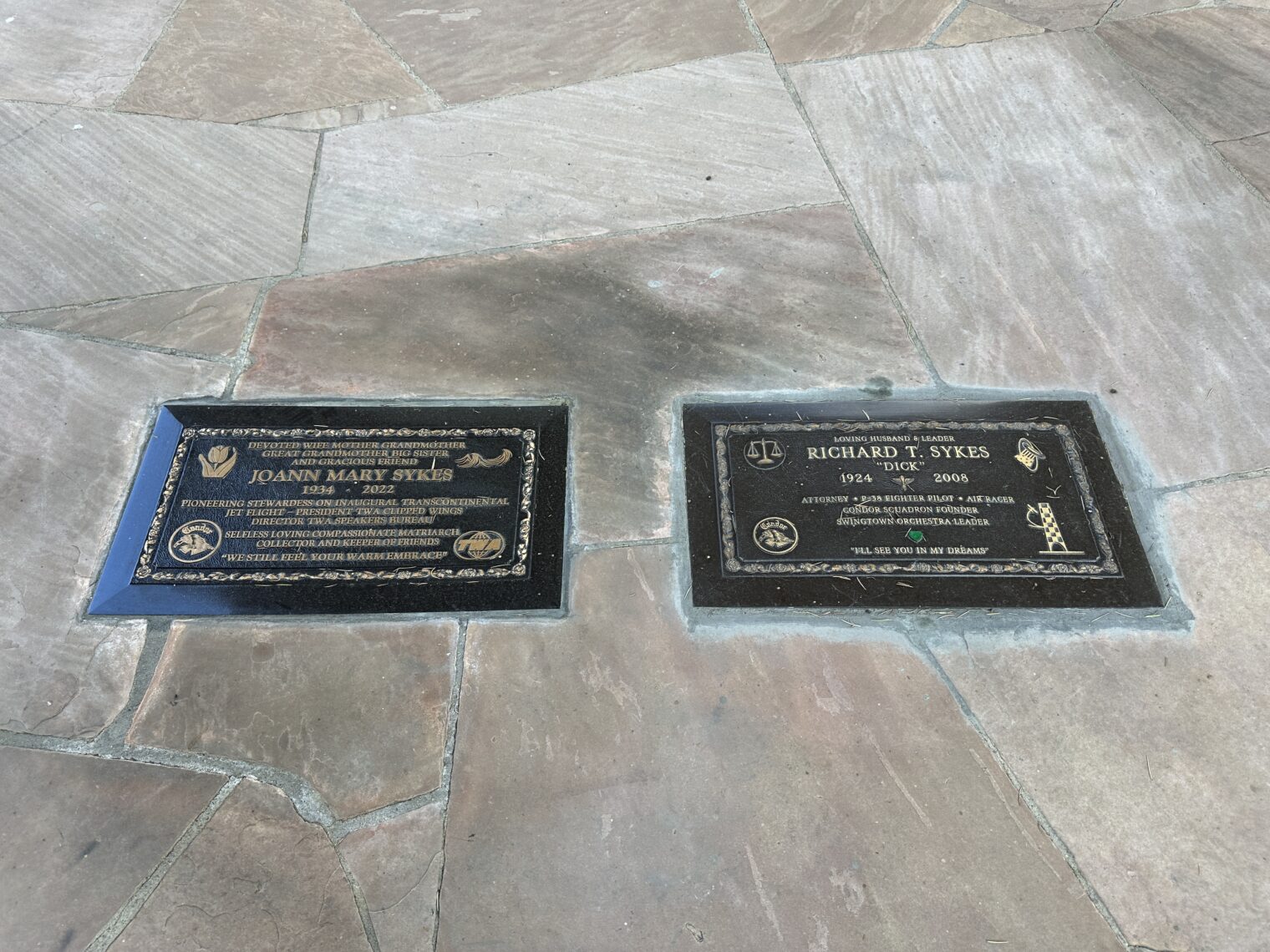Helicopter from Los Angeles to Maskachusetts, Part 4 (El Paso Interlude)
In Helicopter from Los Angeles to Maskachusetts, Part 3 (They Built the Wall in Texas) we saw that man proposes and God disposes with respect to flying weather. Unable to proceed over the next batch of mountains, we enjoyed El Paso, Texas for about 26 hours.
Downtown El Paso seems to have been set up to serve Mexicans who came over for a day of shopping and then returned over the bridge. Here’s what it would look like to arrive from Ciudad Juárez:

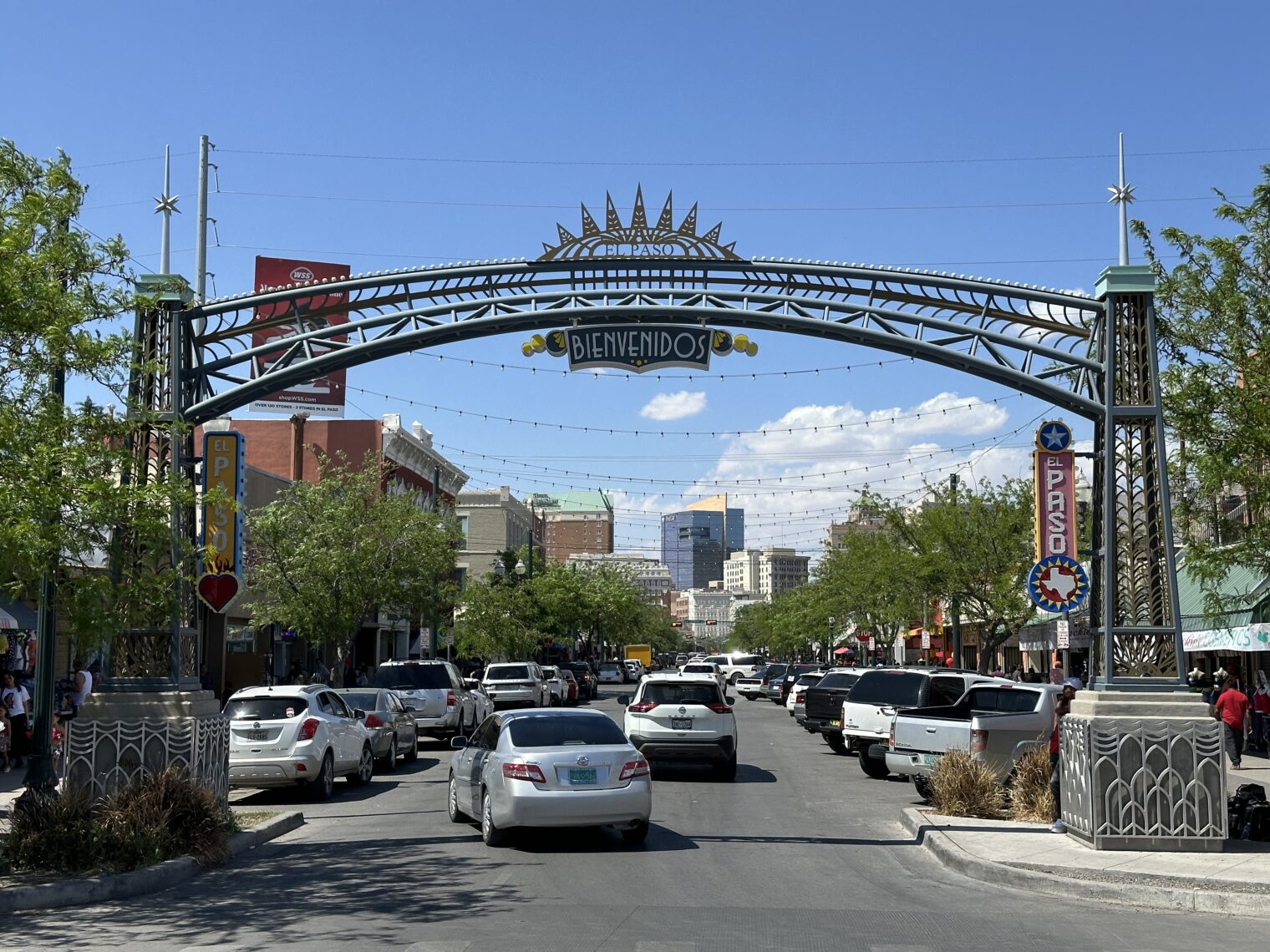
After our brothers, sisters, and binary-resisters from south of the border get through the 1950s-style shopping district, they arrive at the Square of the Sacred Rainbow Flag:

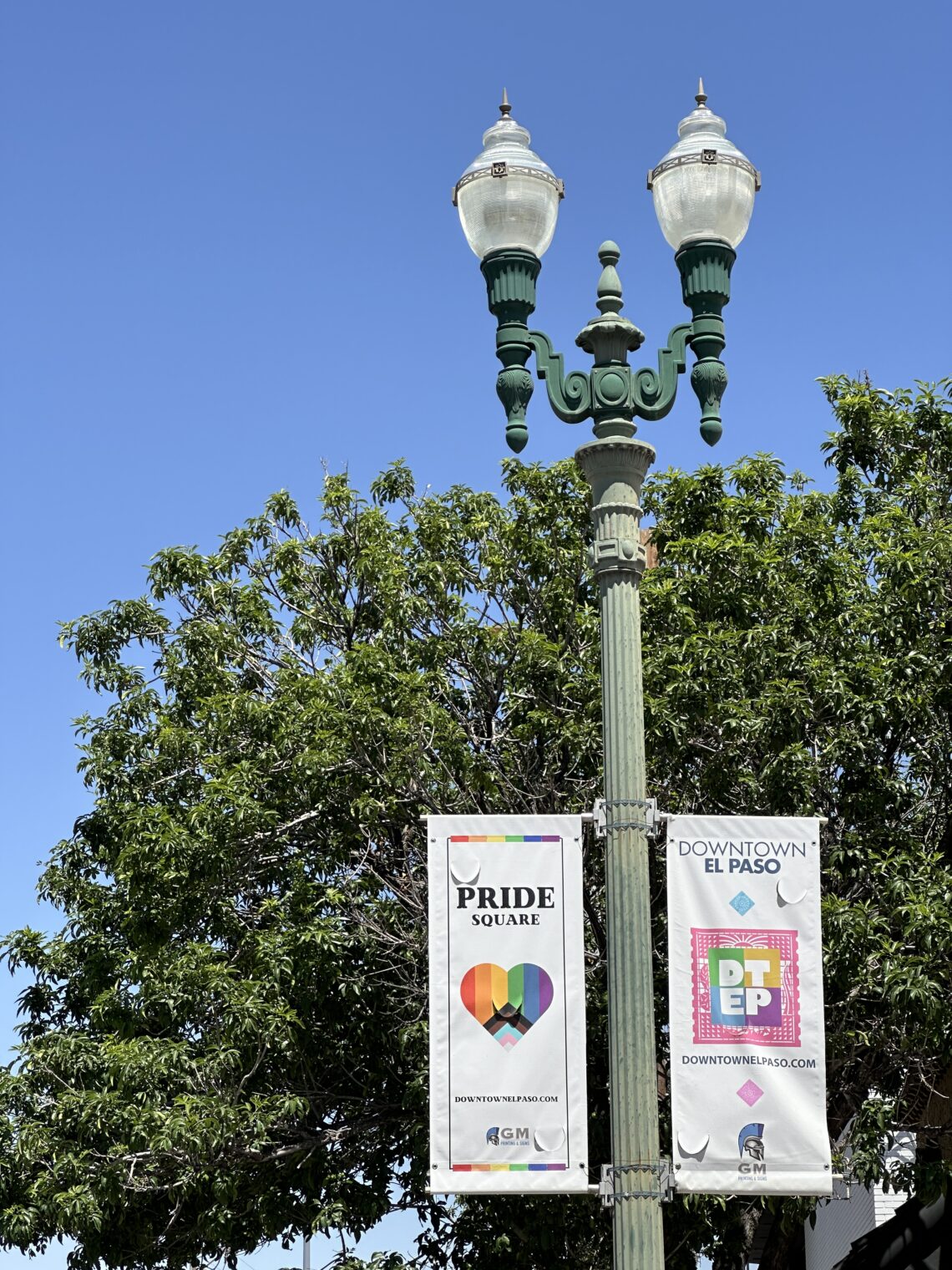
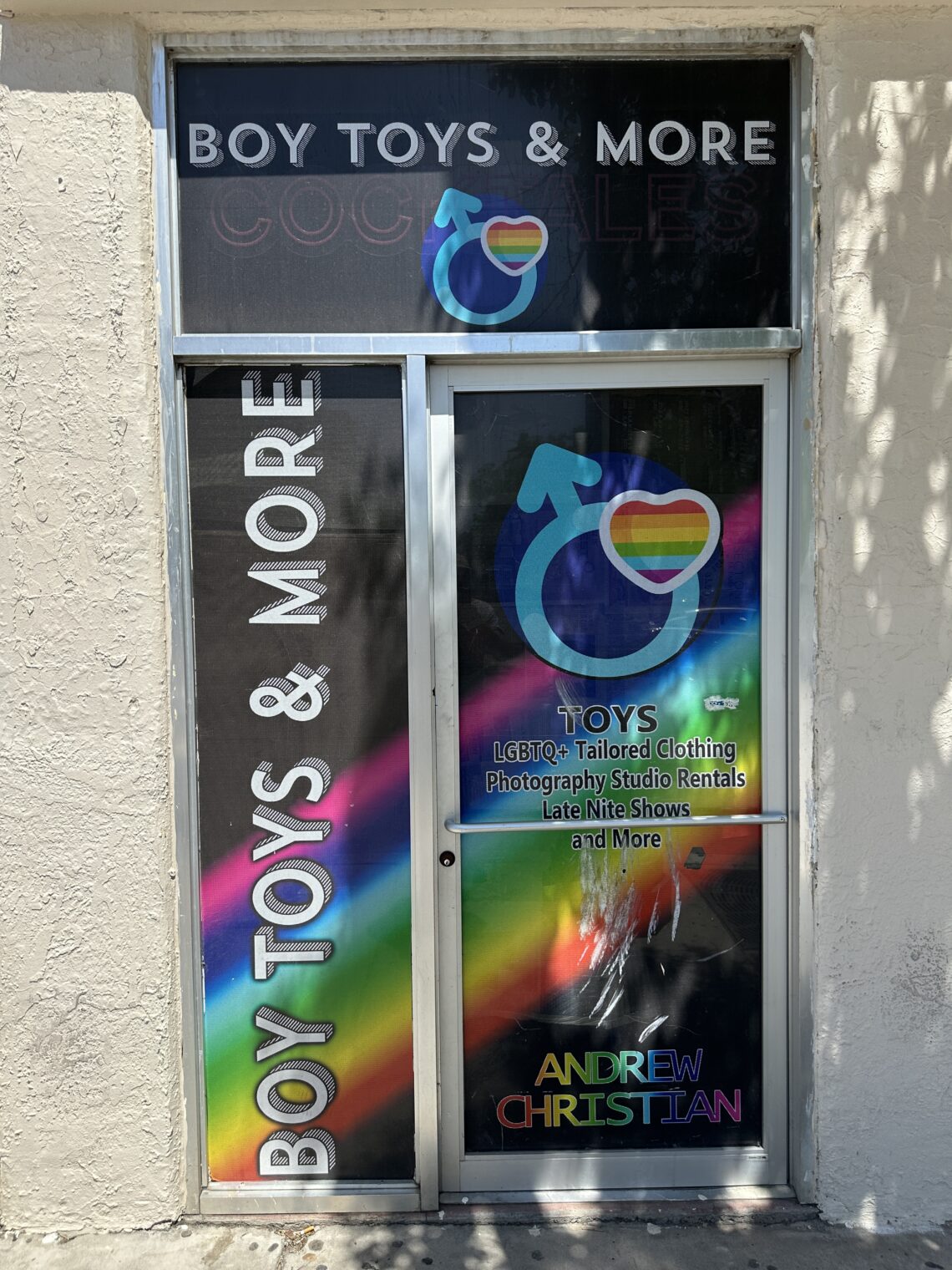
On the way they might pass this multi-story mountain lion (64 feet high!), fashioned from recycled trash by Bordalo Segundo of Portugal:
Inspired by the street art, it was time to duck into the (free) art museum. Meanwhile, I checked the radar to see whether we’d made a good decision (“sunk cost fallacy”?). From 2:30 pm:
The art museum had the usual stuff, plus an exhibit on Selena Quintanilla-Pérez, murdered by an embezzling employee who tried to hide her crime by claiming to have been sexually assaulted.
Here’s another temporary installation, a sculpture by Vanessa German:
Black Girl on Skateboard Going Where She’s Got to Go to Do What She’s Got to Do and It Might Not Have Anything to Do With You, Ever, 2022. Lemony things: vintage French beaded flowers, a yellow skateboard like I never had when i was a fat little Black girl in Los Angeles when riding a skateboard meant that you could fly, Capidomonte Ceramic Lemon Center piece, a dance in my thighs, high yellow so-flat paint, porcelain bird figurines, decorative resin lemons, papery yellow flowers, meanness transmuted, love, oil paint stick, rage, self-loathing transmuted, a joy-bitch, masturbation, plaster, wood glue, black pigment, giddiness, freedom in the body, freedom in the Soul, wood, tar, wire, a distinct and purposeful healing, hope, yellow flood light, heart, yellow decorative ceramic magnolia figurine, acceptance, abandon, not being afraid to be full of your own self in your own divine body, divinity, fear transmuted, plaster gauze, magic, silicone, tears, epoxy, water, tomorrow, now, yes.
Wandering around after the art museum, we happened on the Paso Del Norte, a hotel that put our Marriott to shame:
Some images of downtown, including the very first Kress store (part of the fortune built turned into the art museum and its collection). See if you can spot the Science-following photographer:

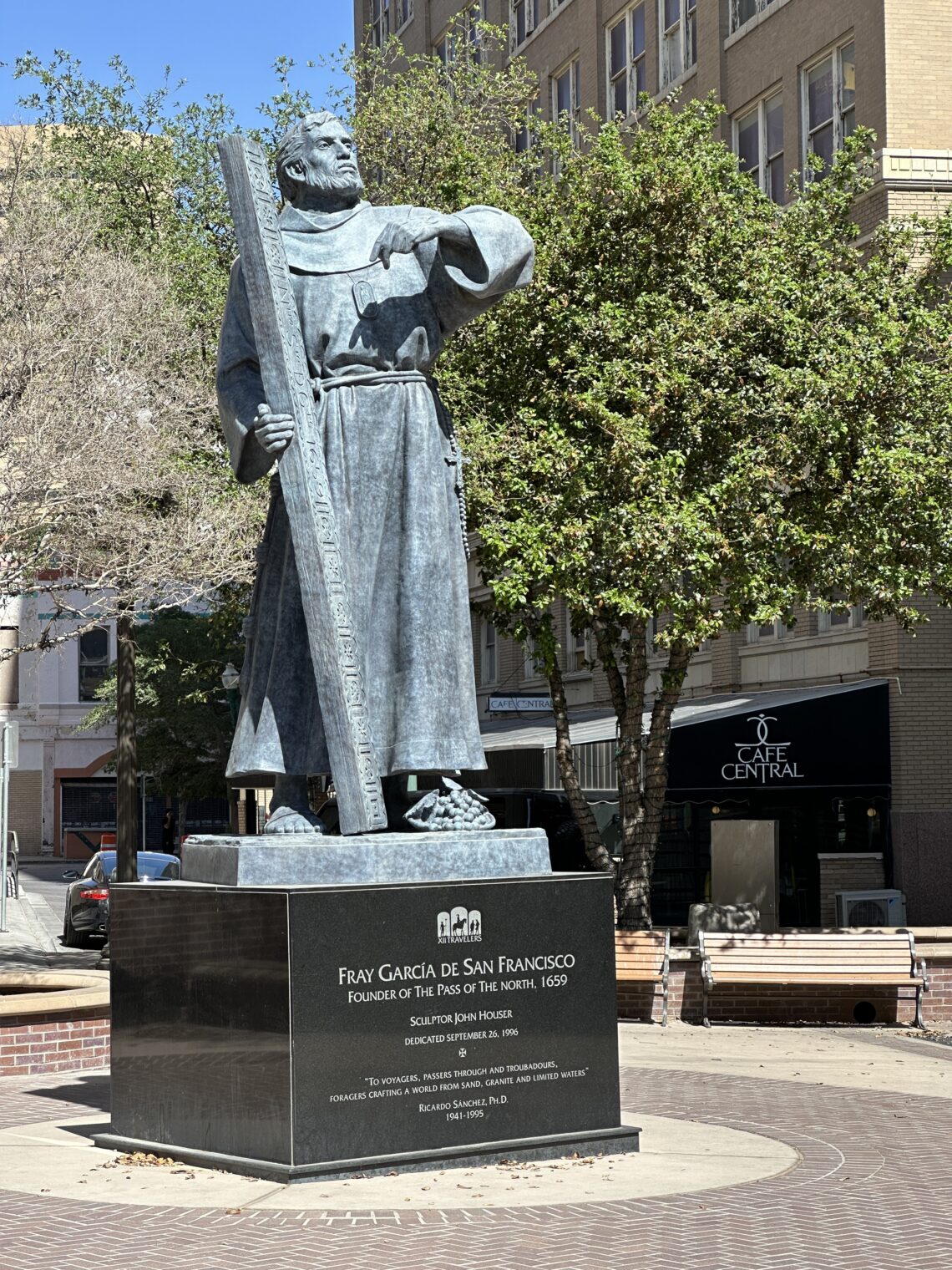





We enjoyed dinner at Tex-Mex institution L&J Cafe (1927), preceded by a walk in the grass-free graveyard:


Then it was time to enjoy El Paso by night, including a minor league baseball game (packed with enthusiastic spectators) and fireworks from our hotel’s pool deck:
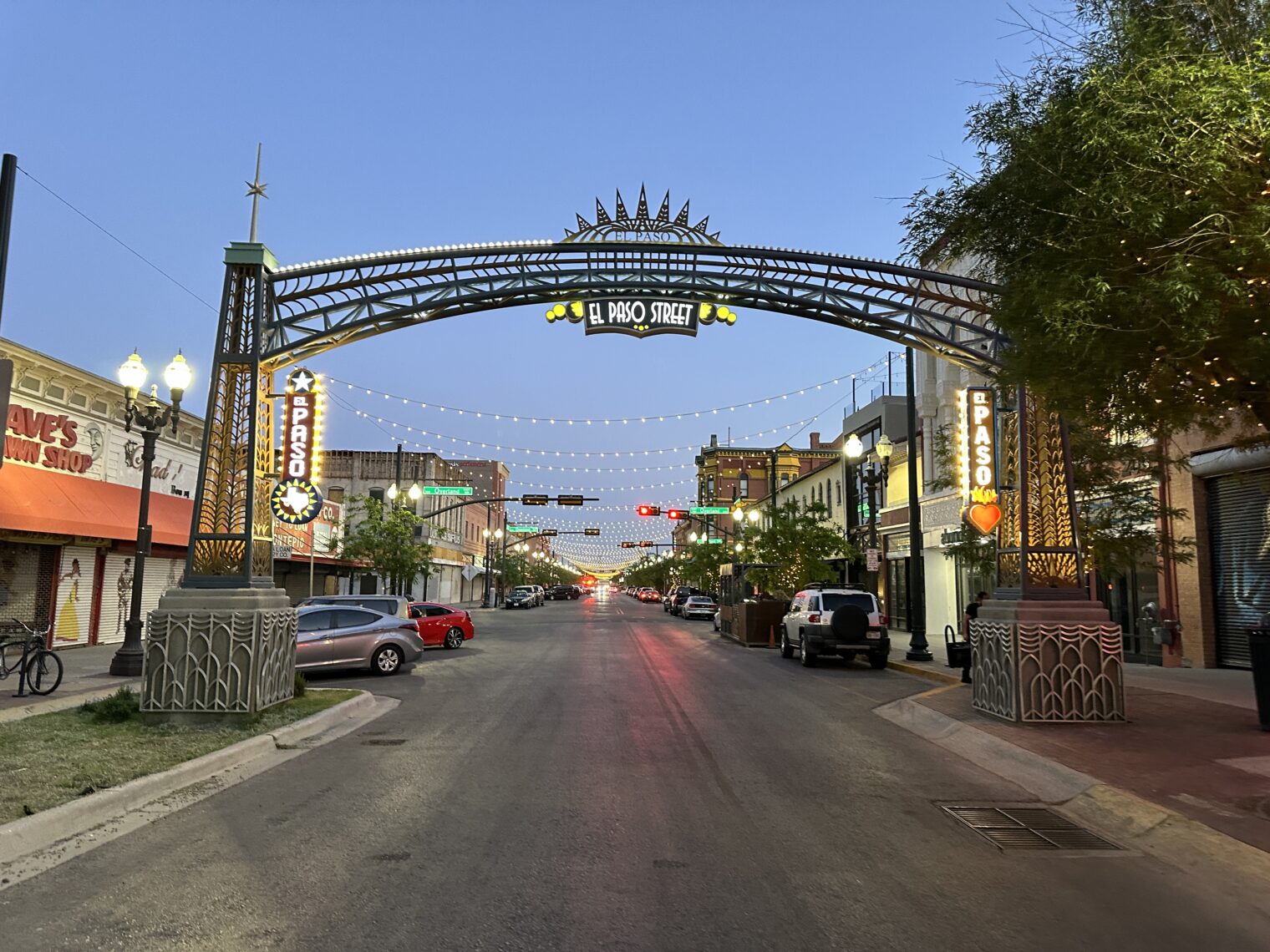
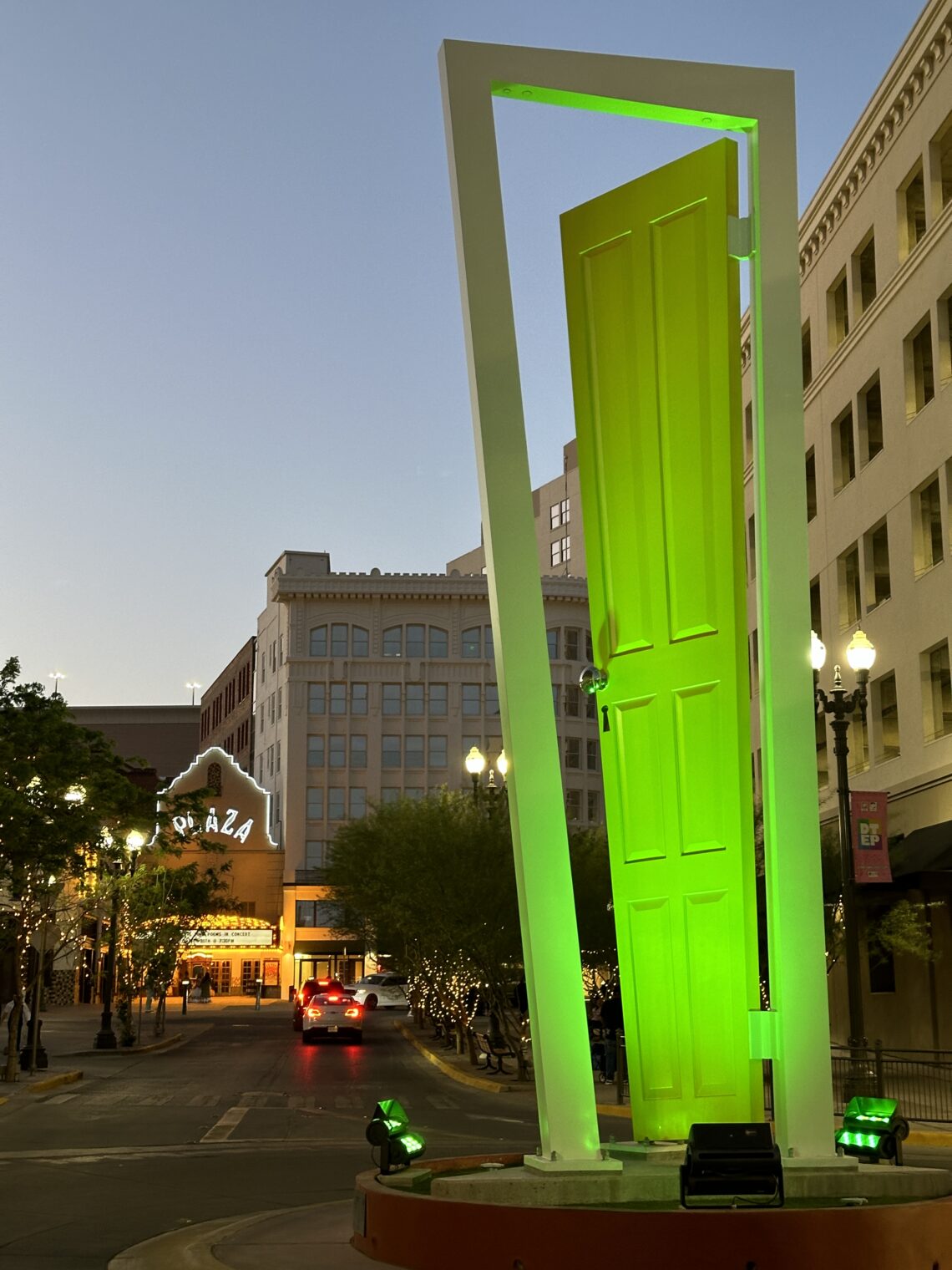
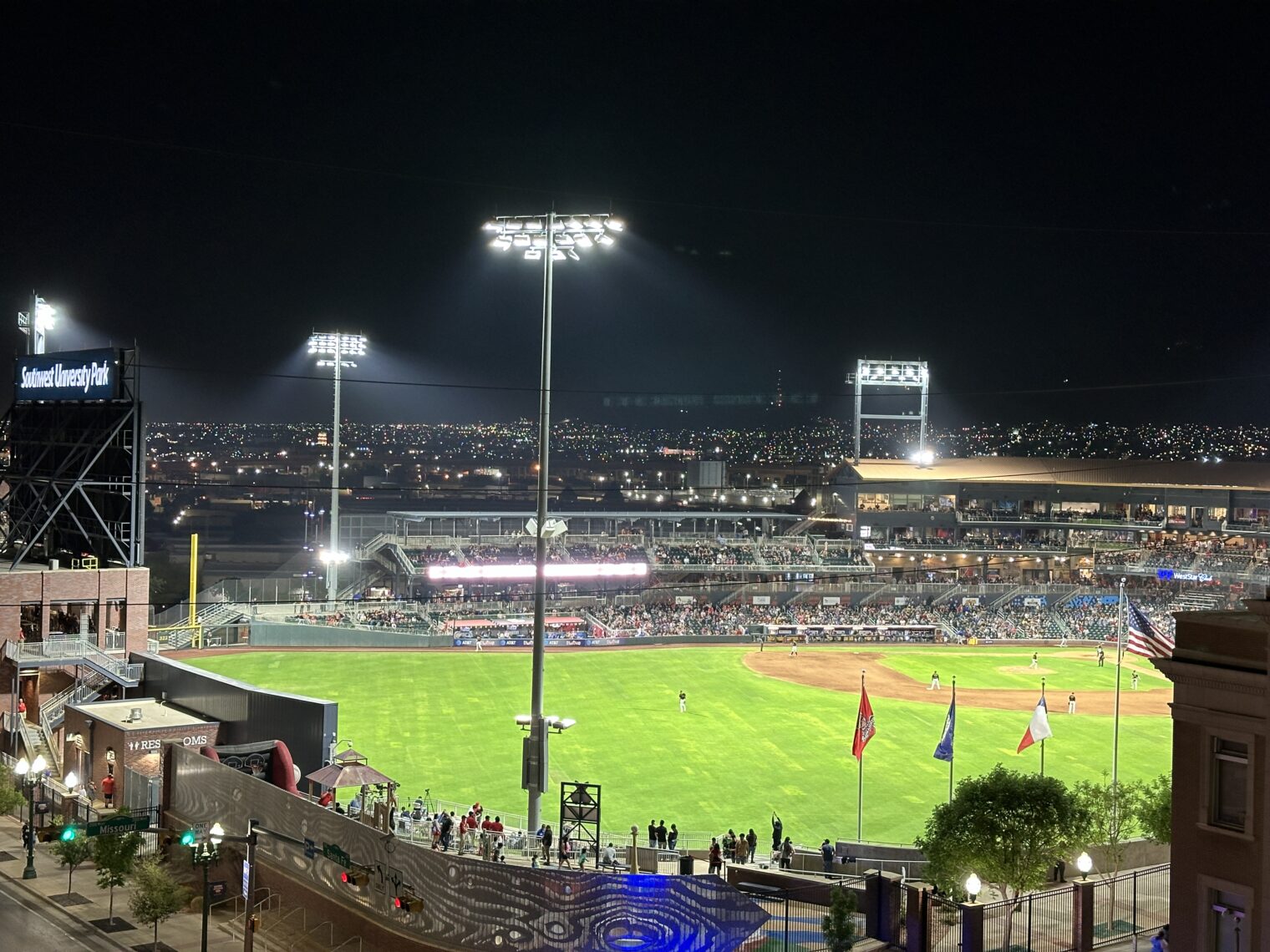

The next morning I did my annual visit to the gym and also looked out from the pool deck:


Speaking of the gym, they still had their coronapanic signs up. Is there any kind of procedure for taking these safety notices down?
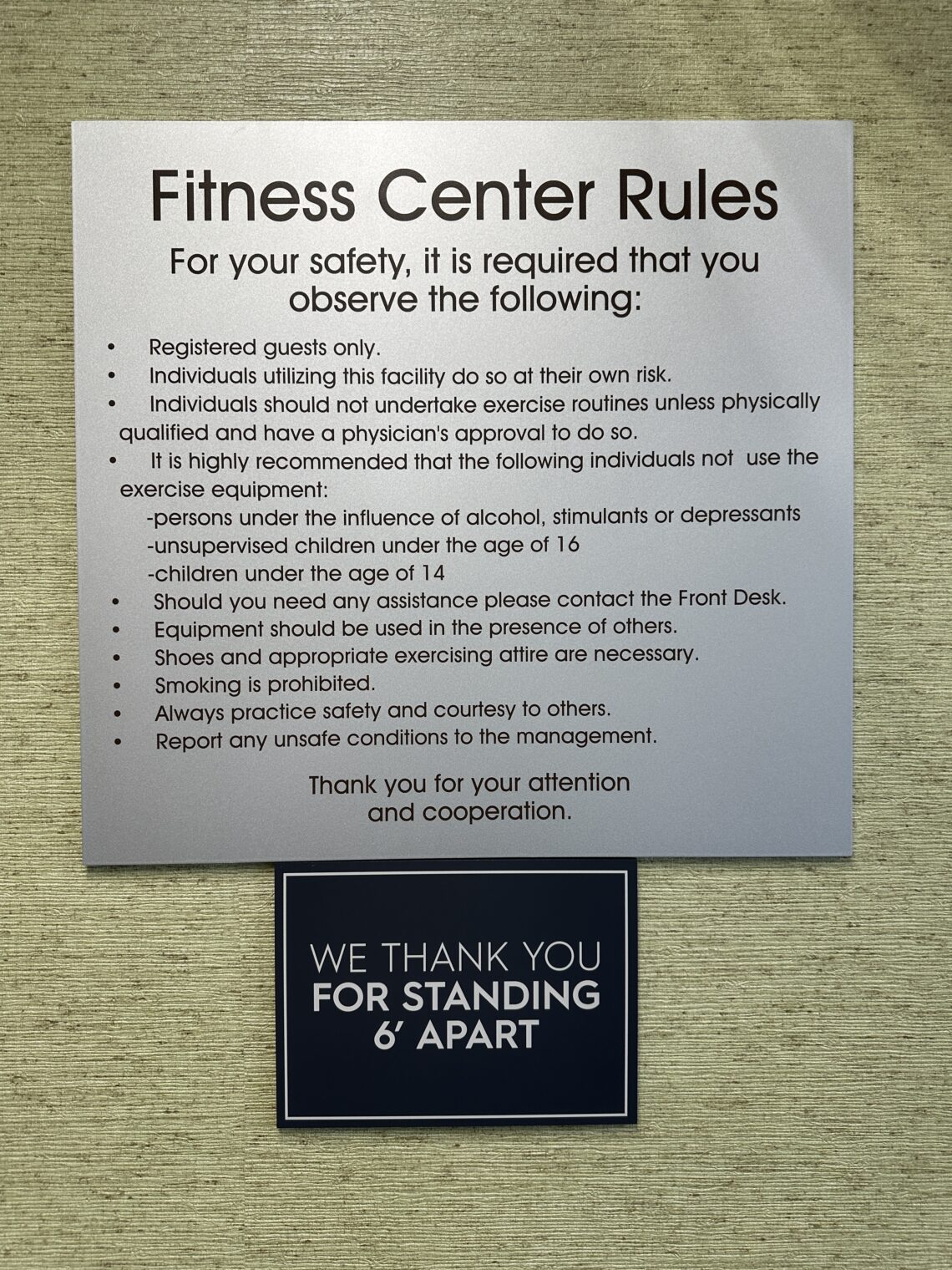
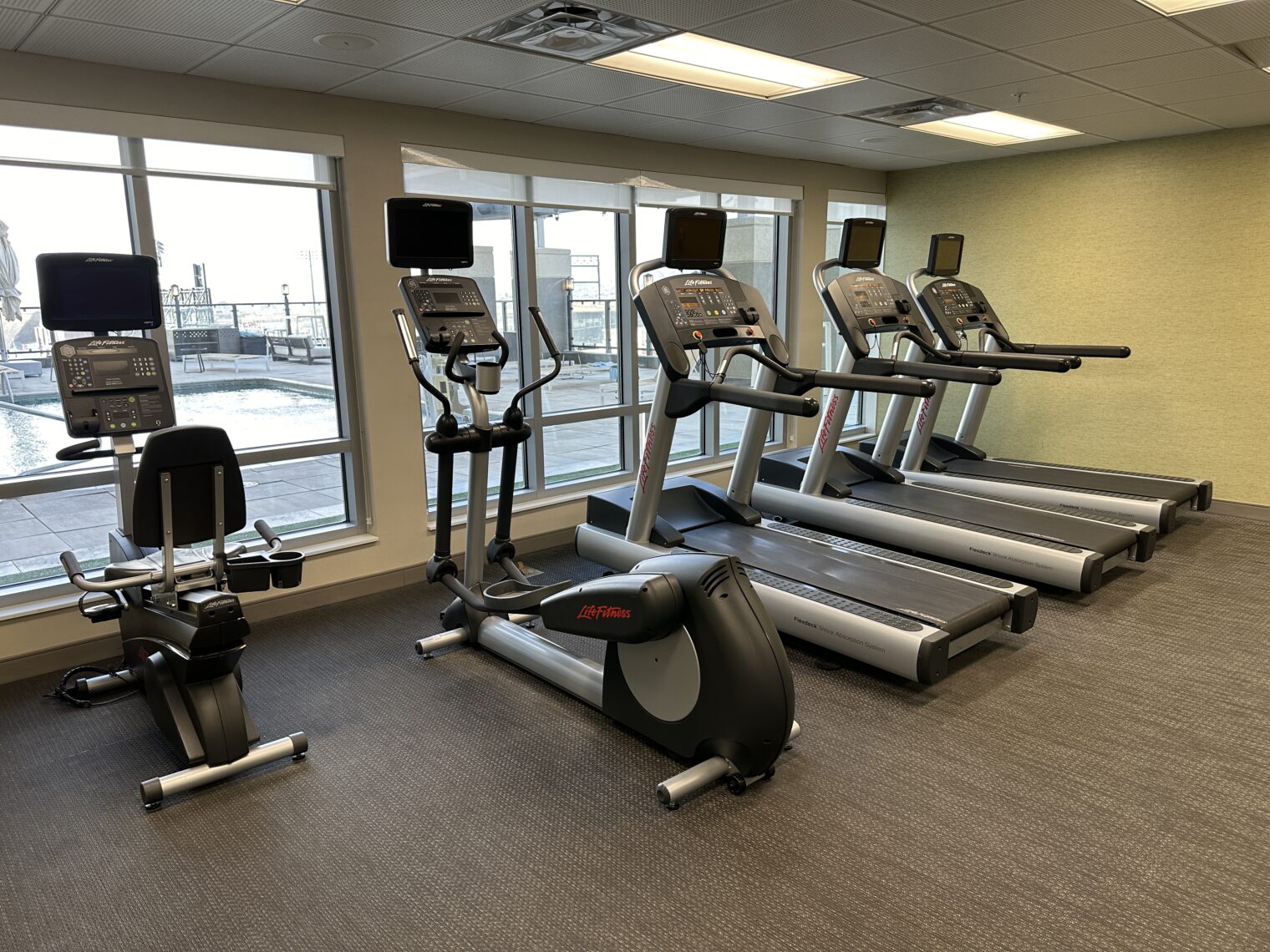

To undo any negative effects from the gym, we hit the Glazy Donut on the way out of town. Note how easily Internet content can be corrupted:



Then it was back to the airport where the skies were clear at least to the next stop (Van Horn, Texas) and forecast to improve beyond Van Horn:
Full post, including comments
